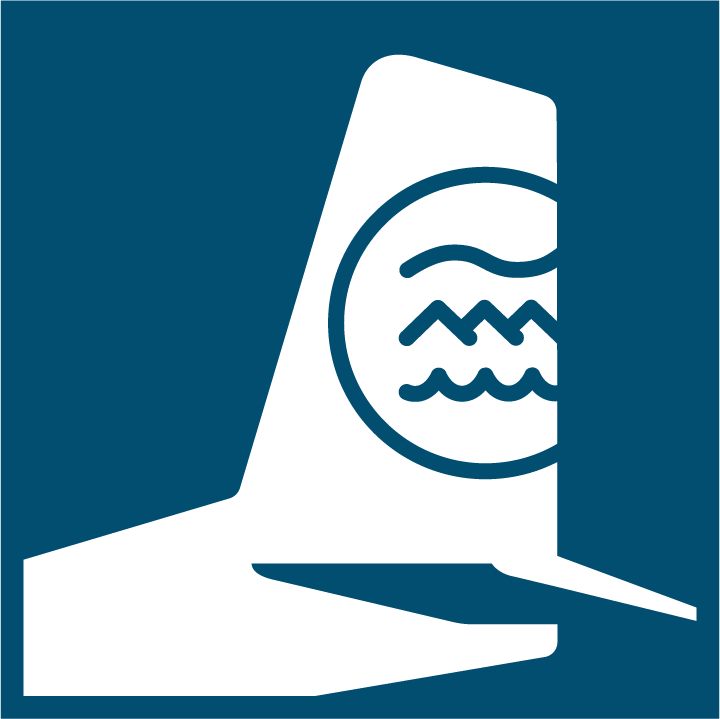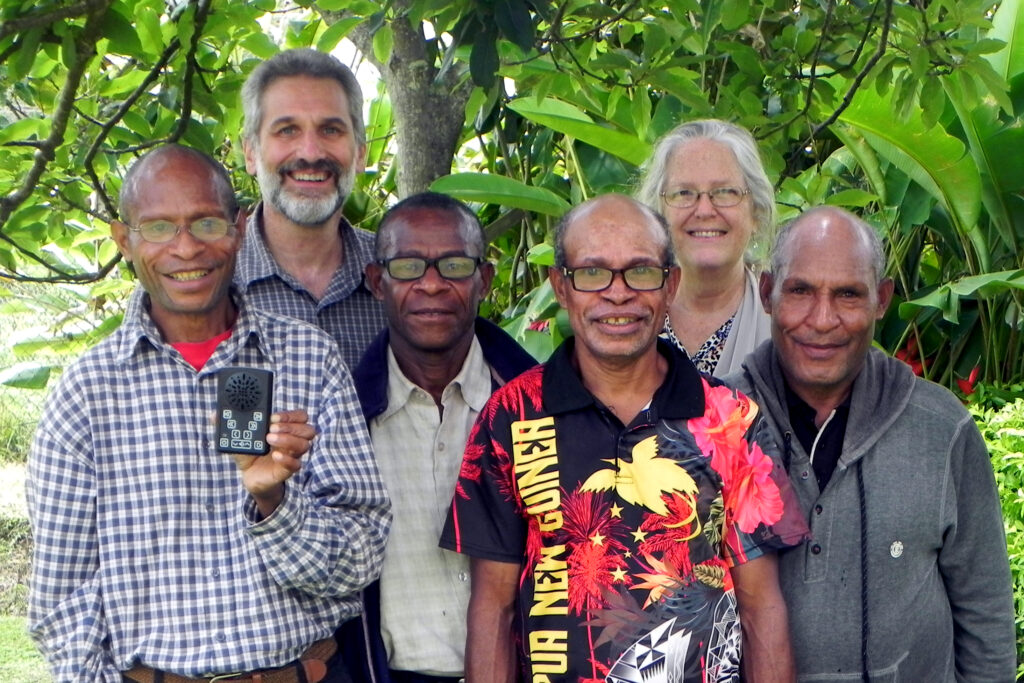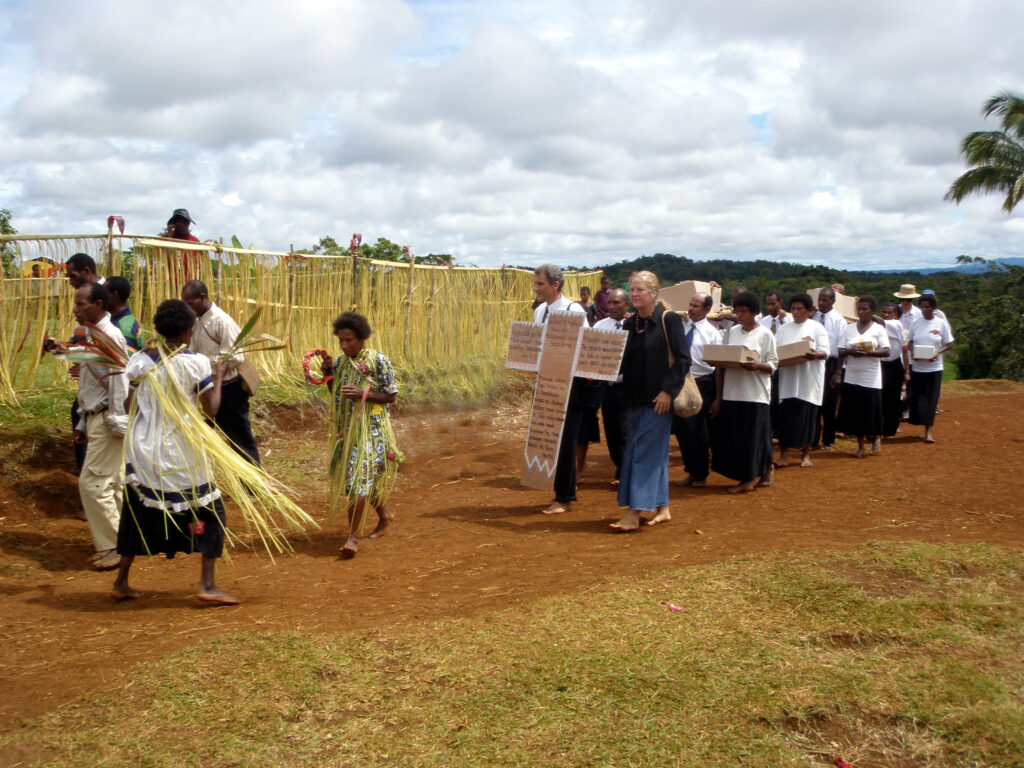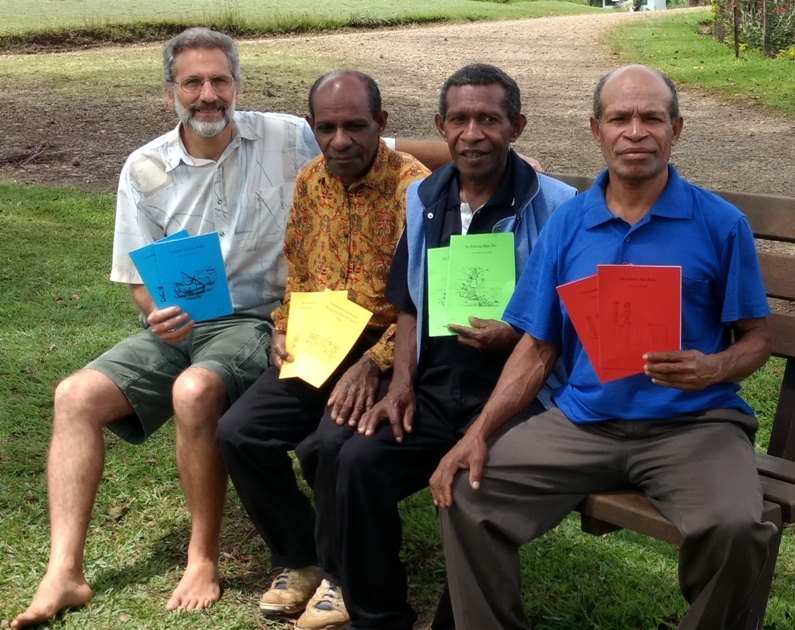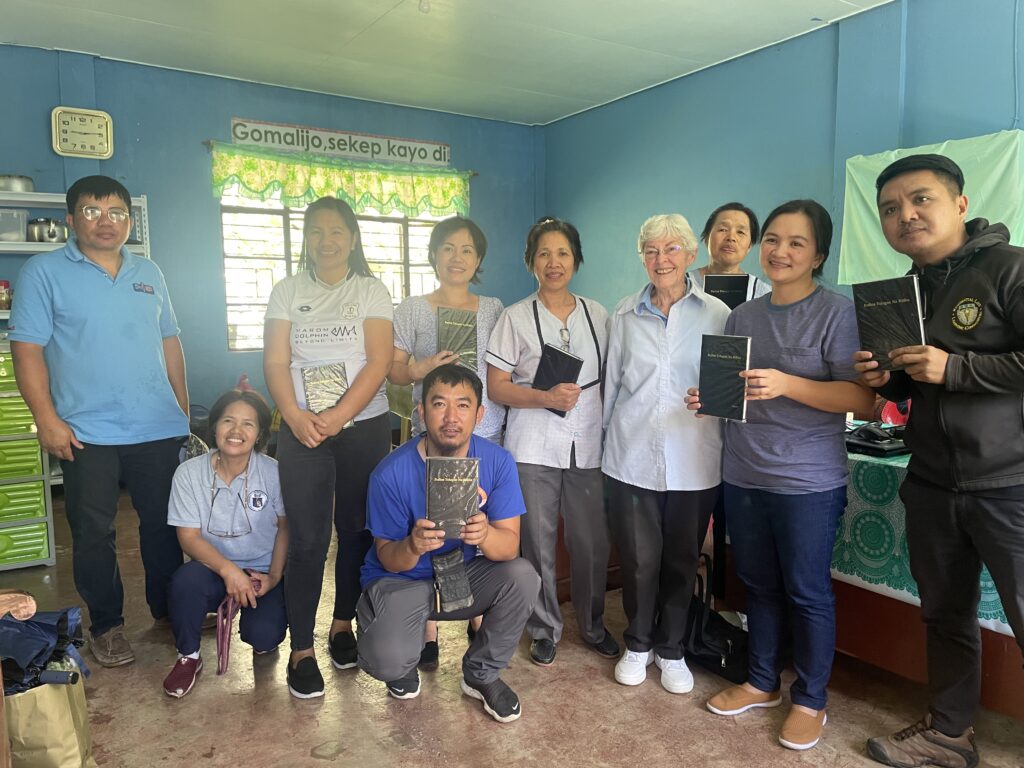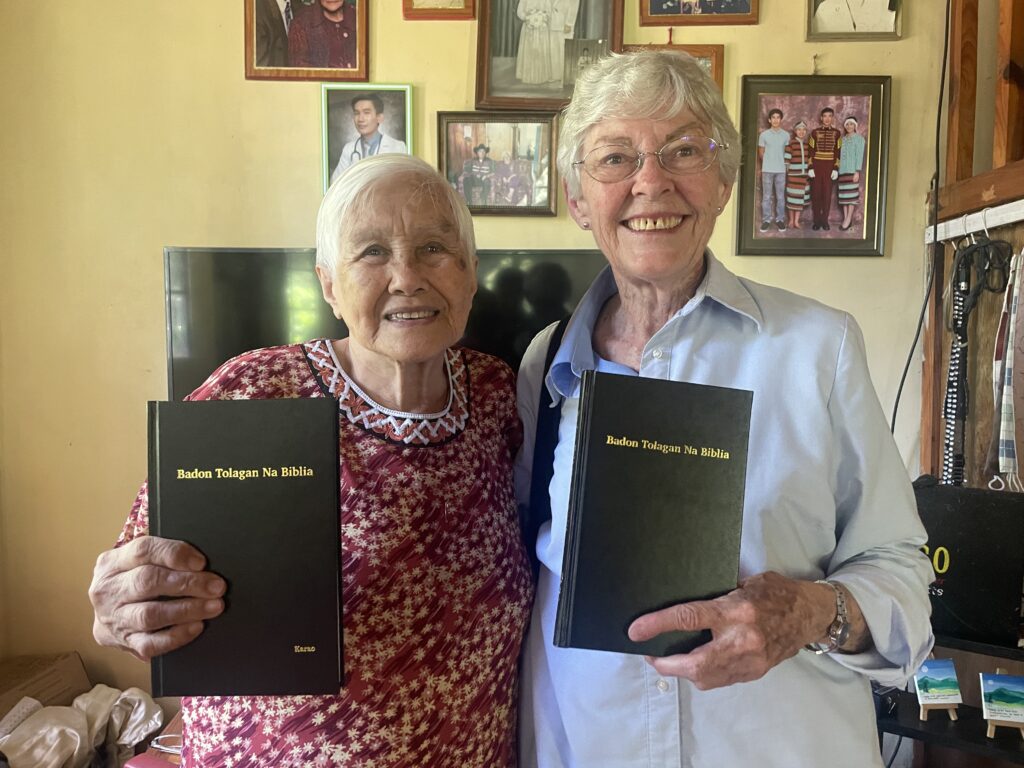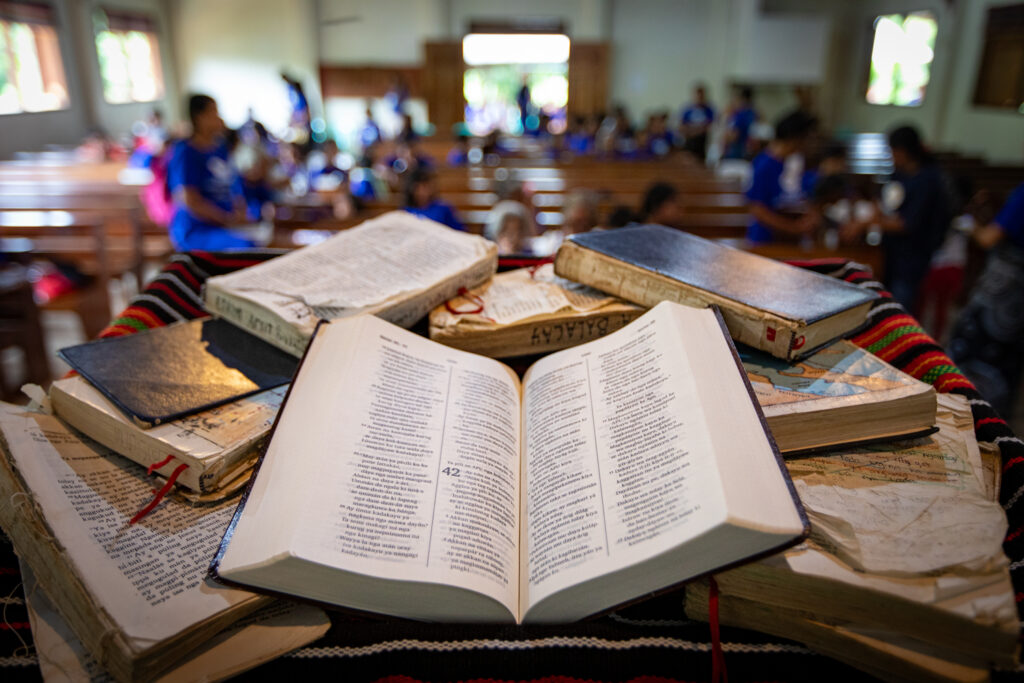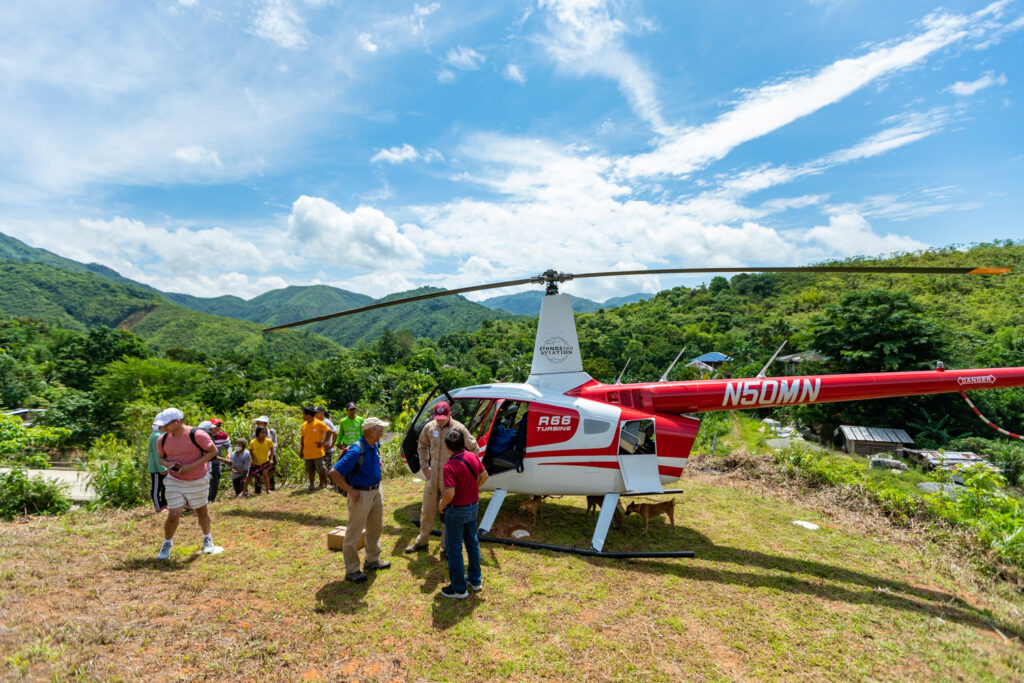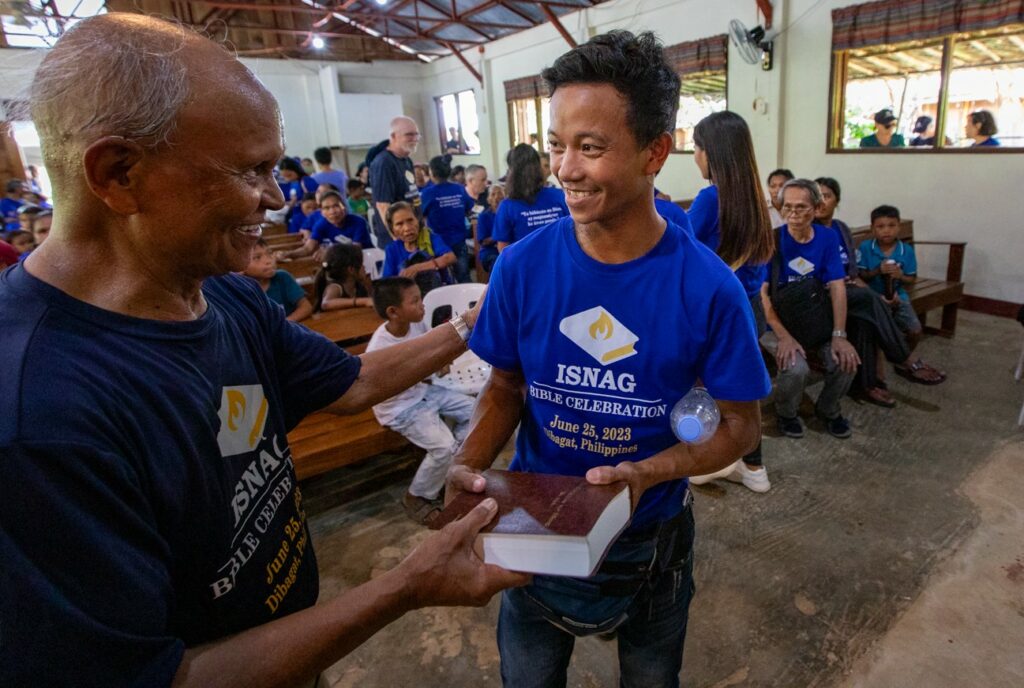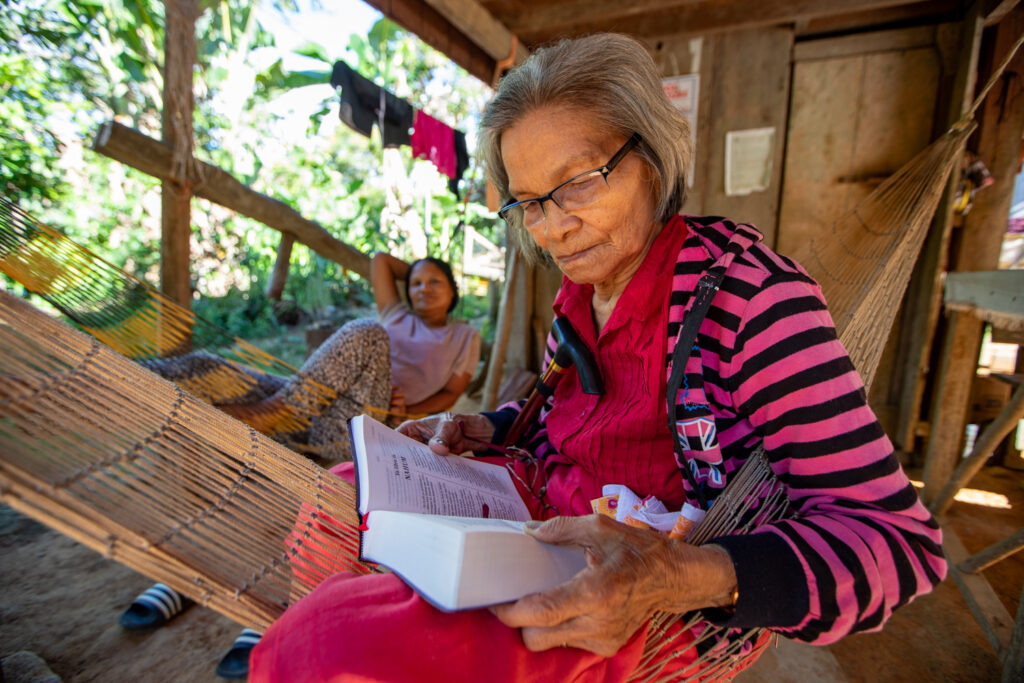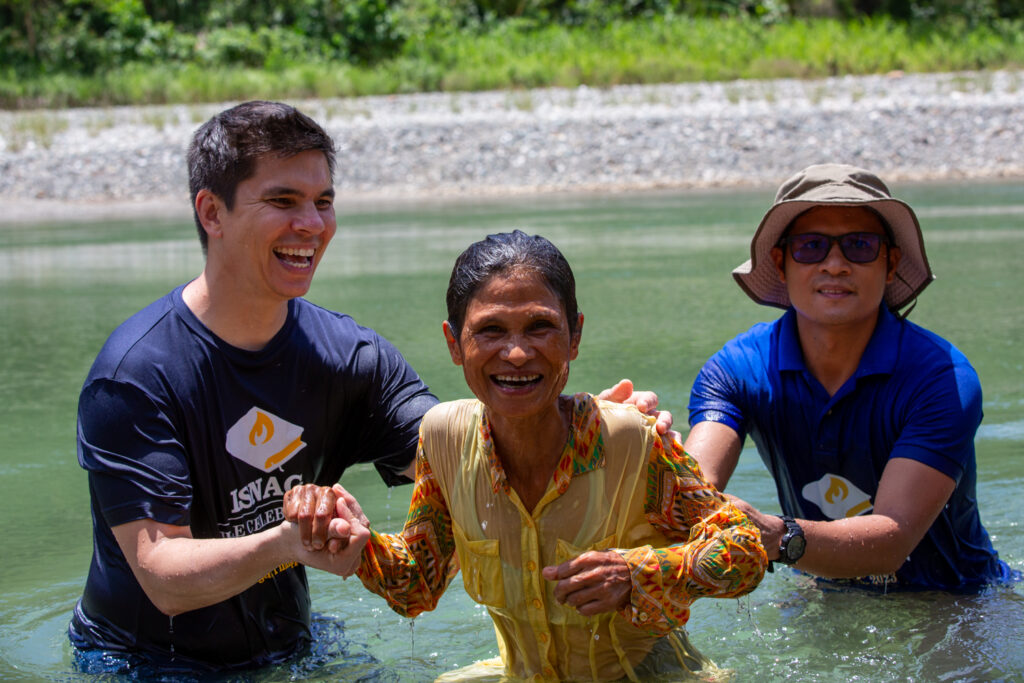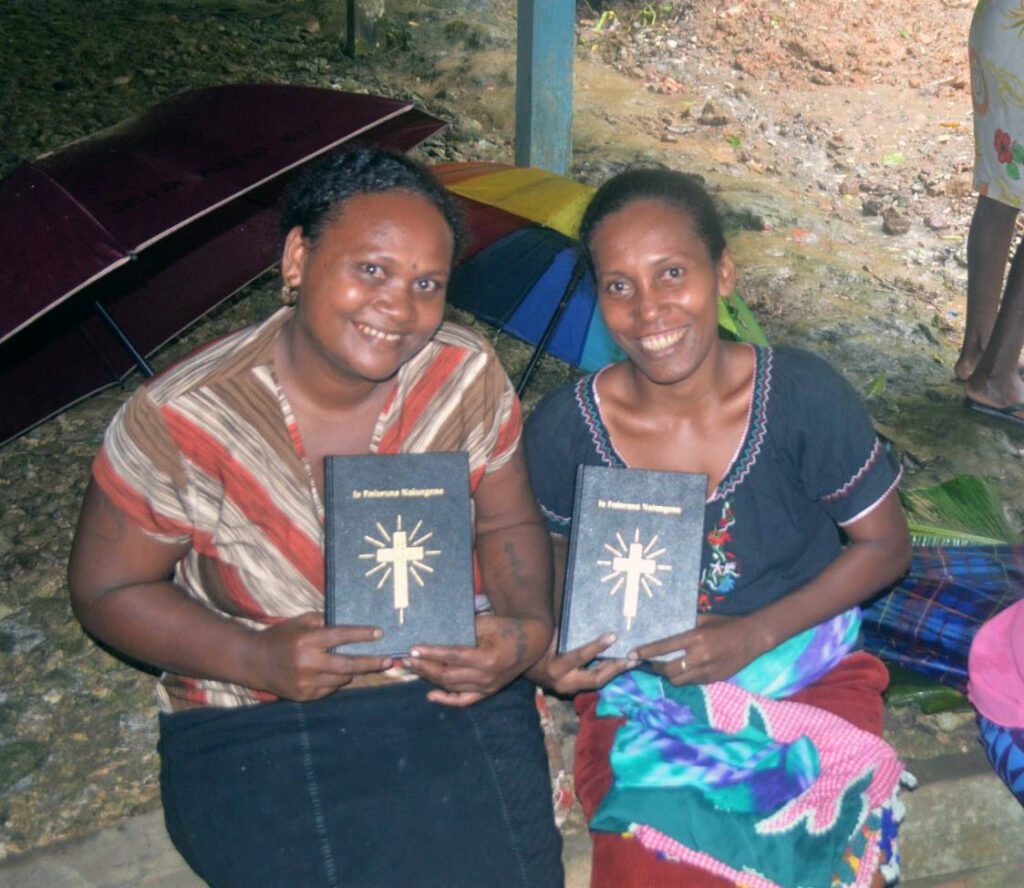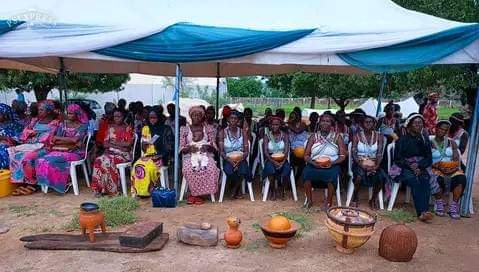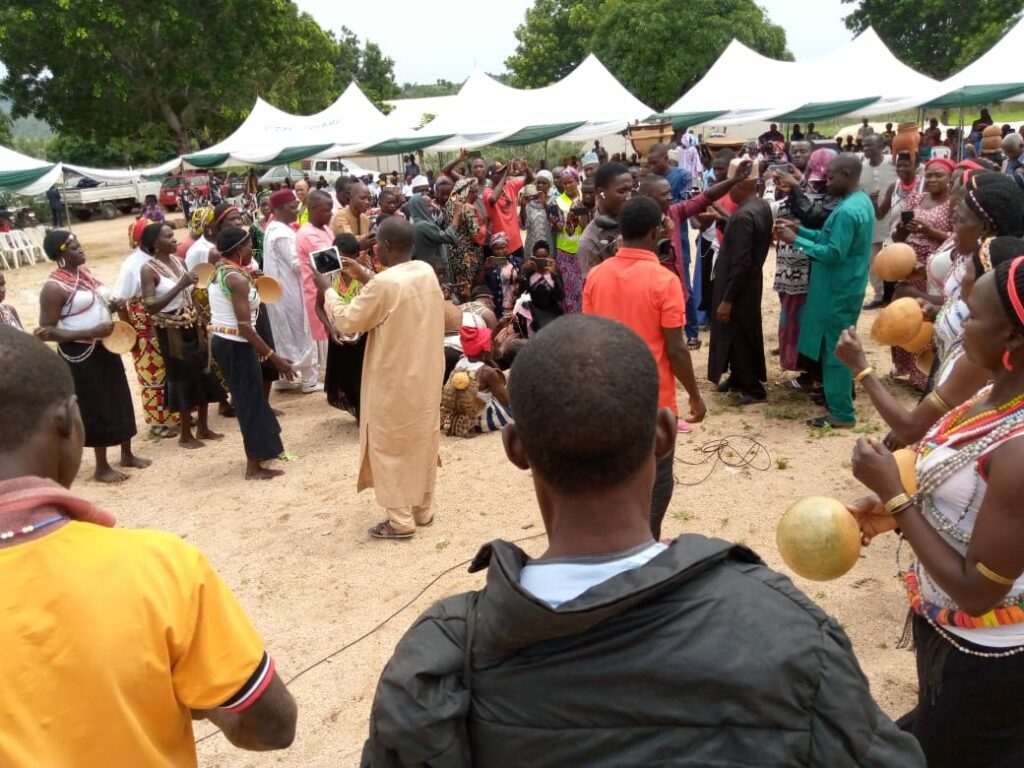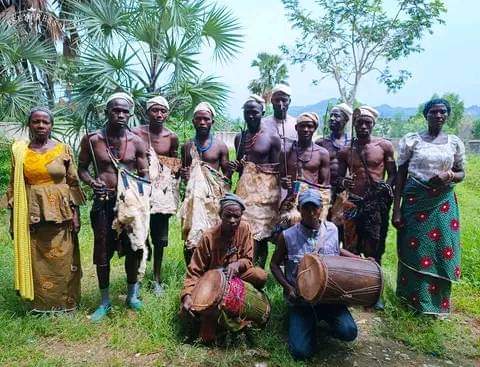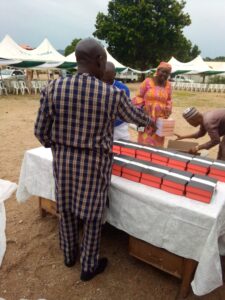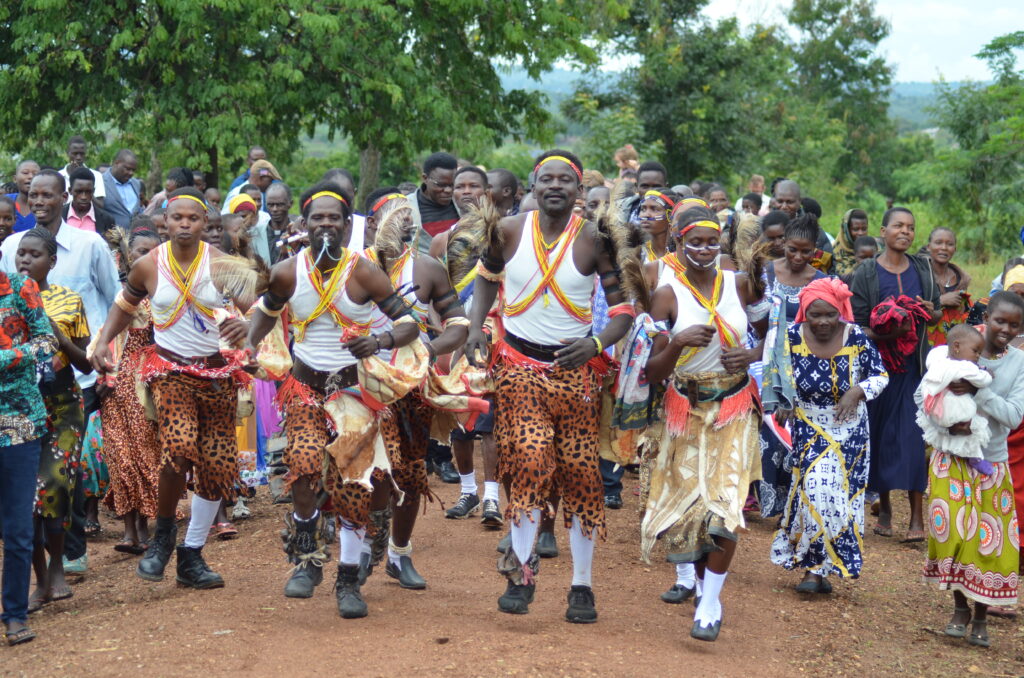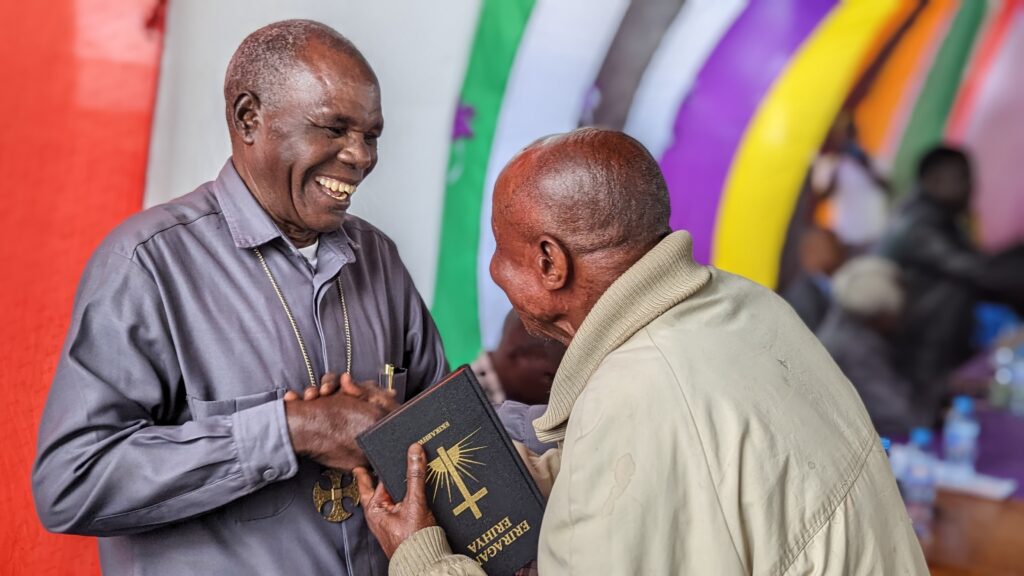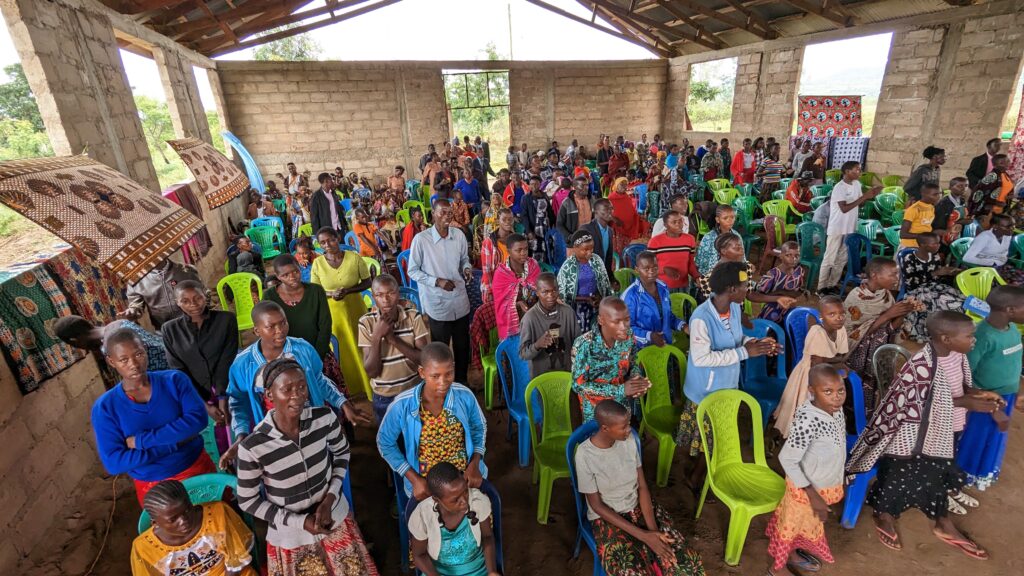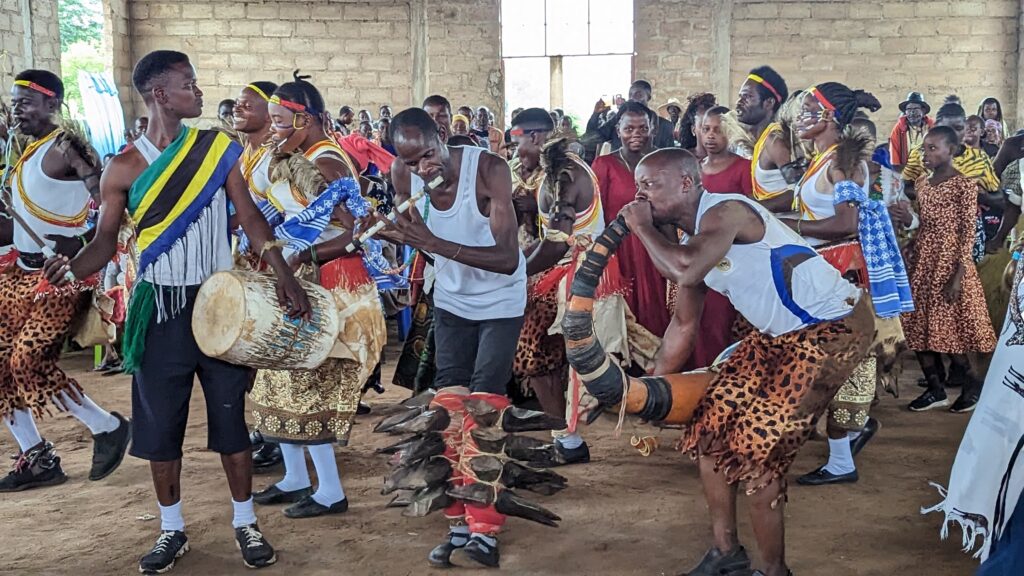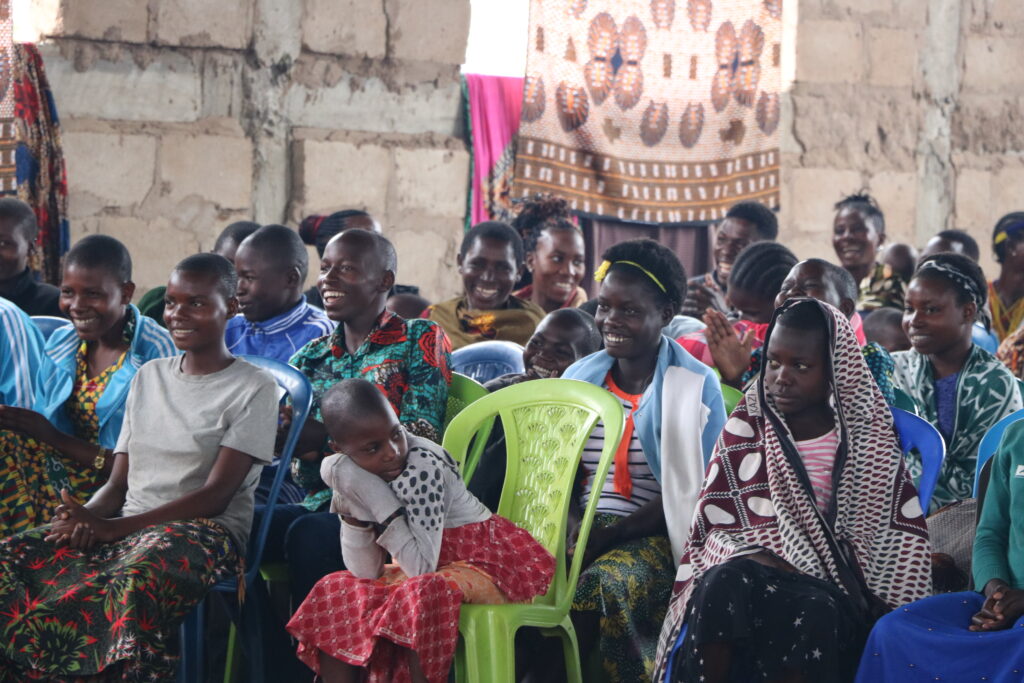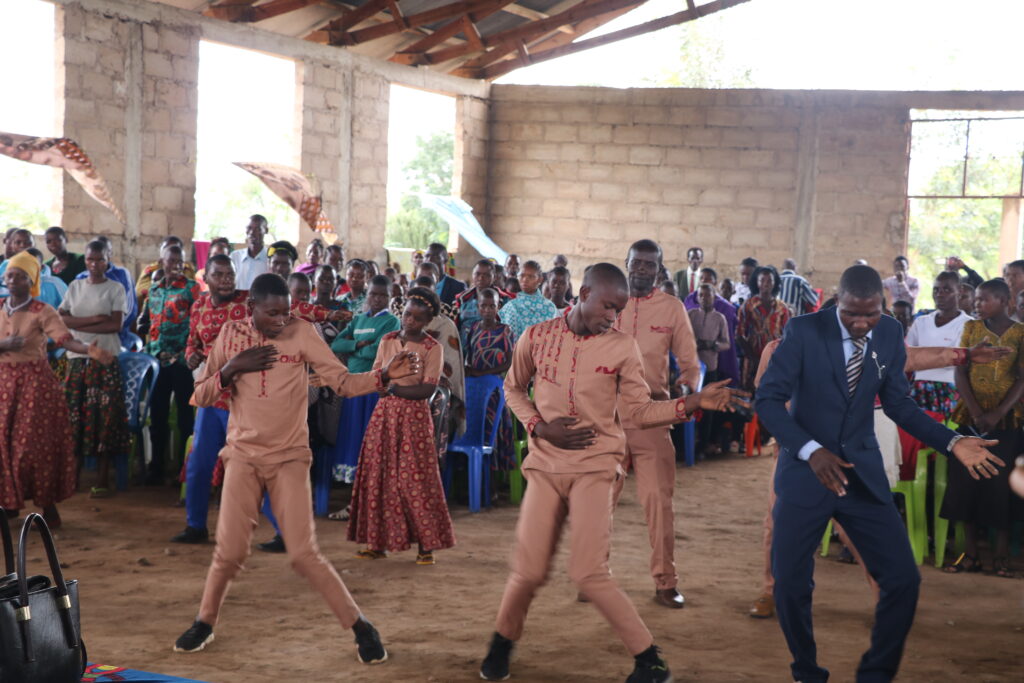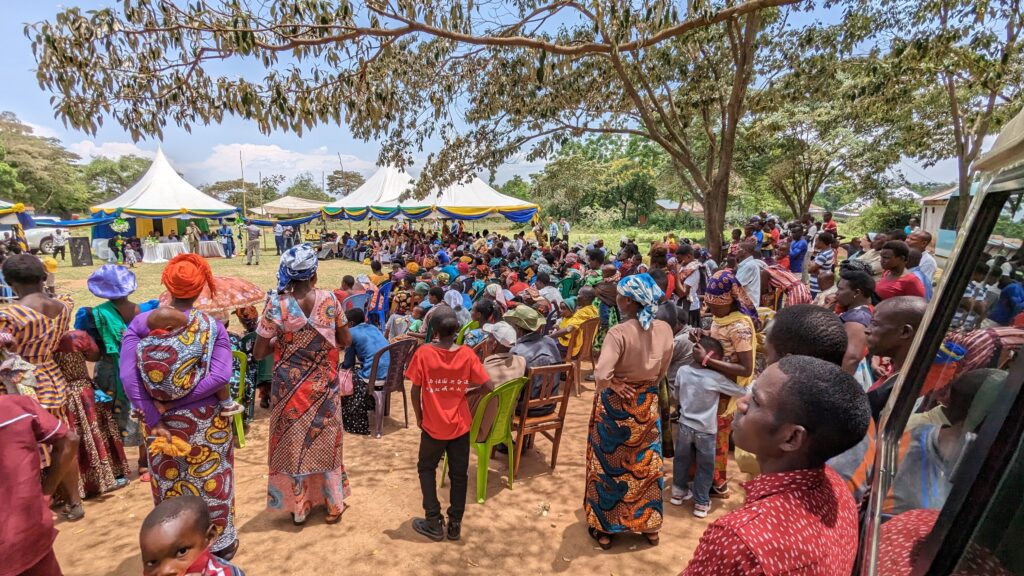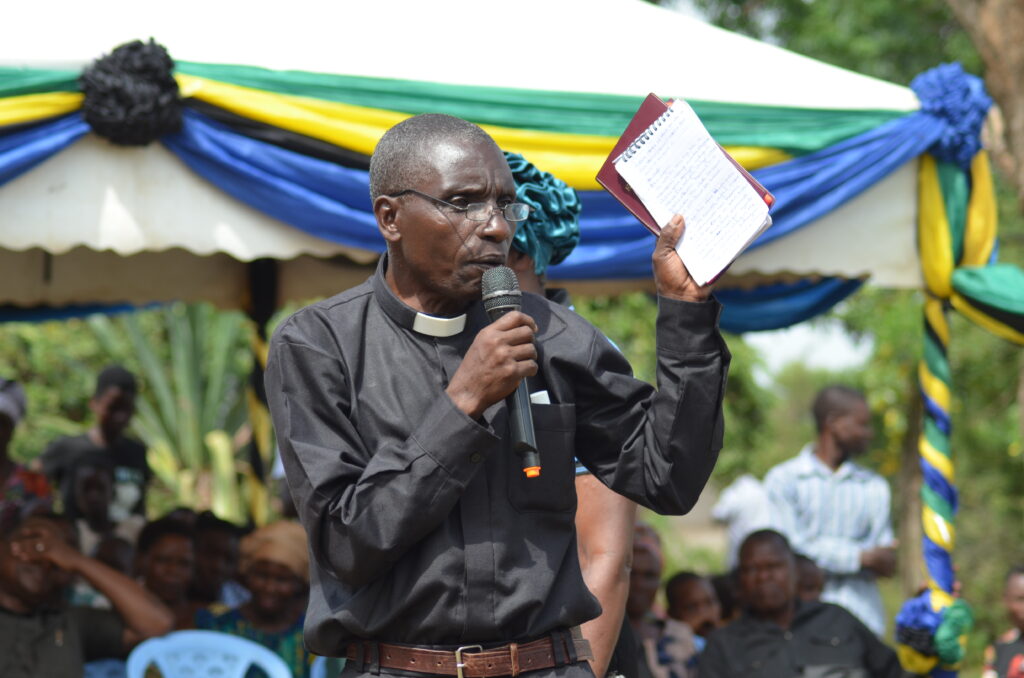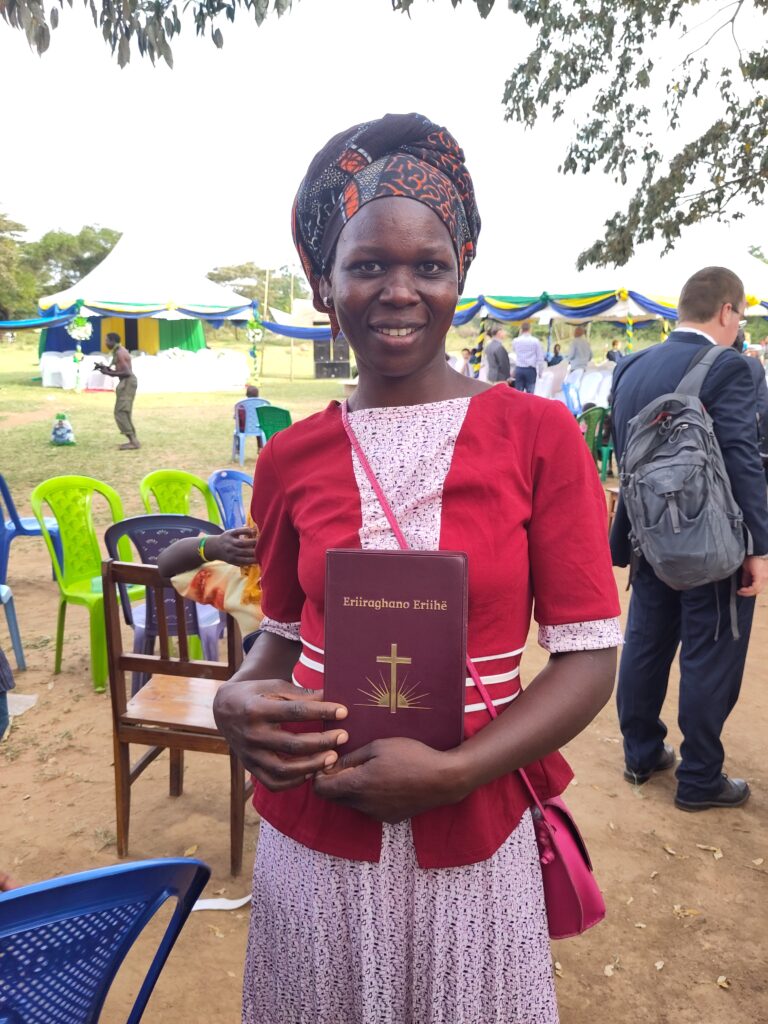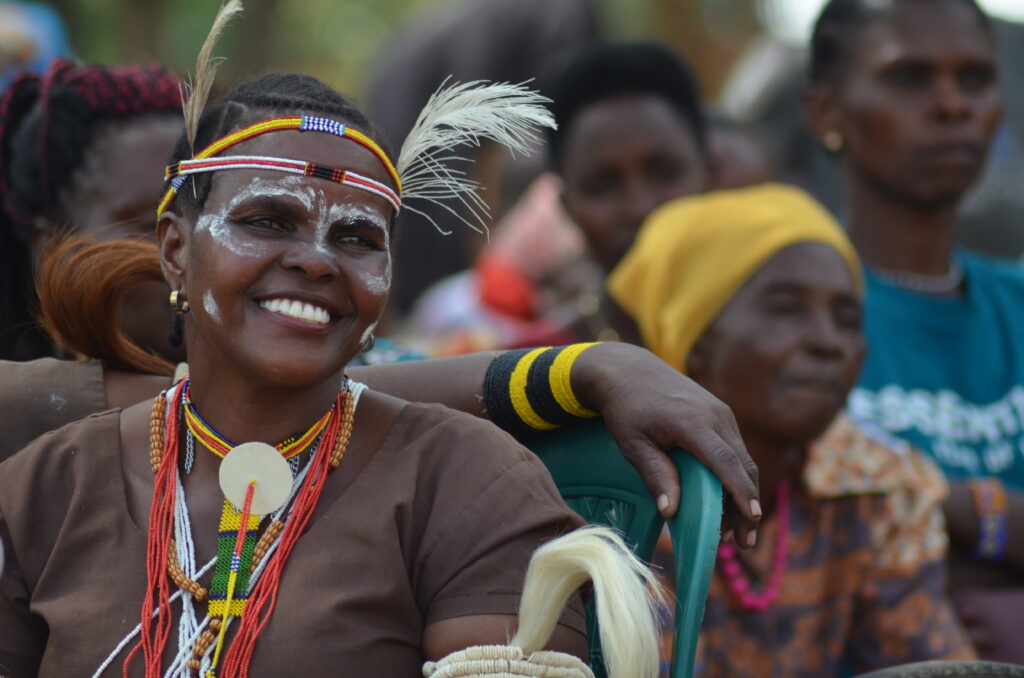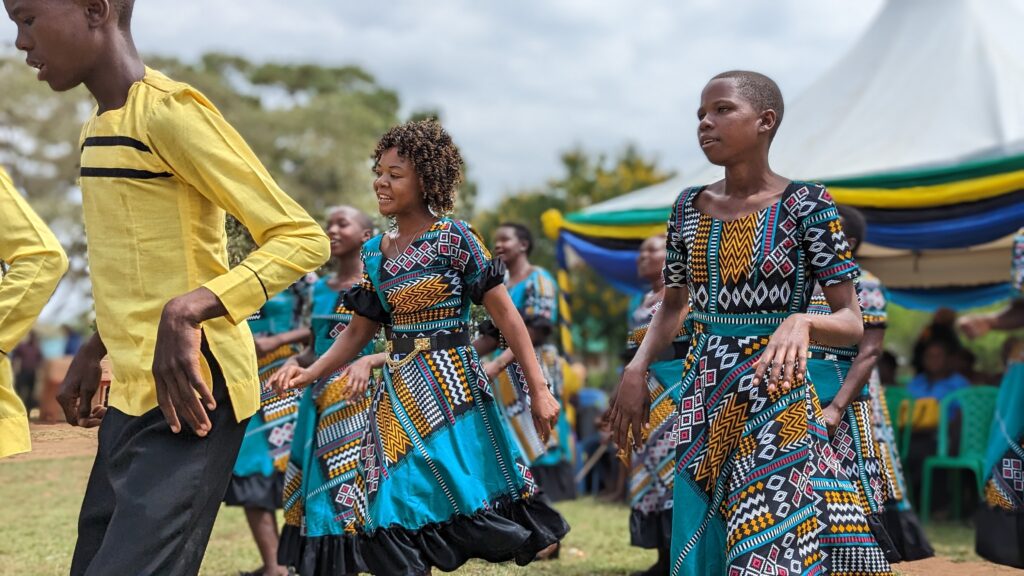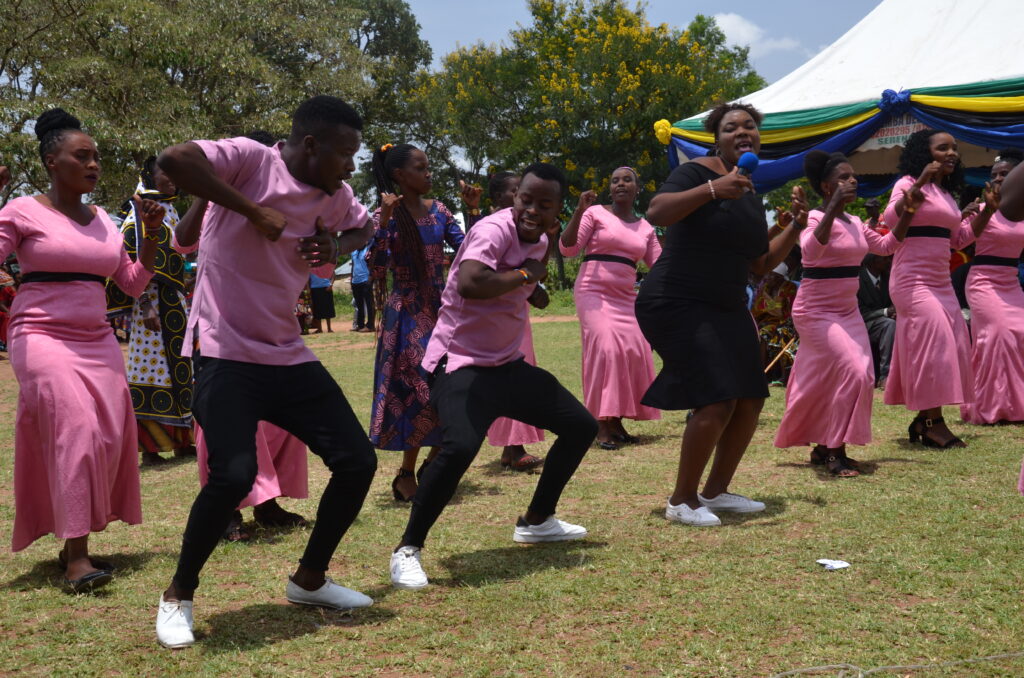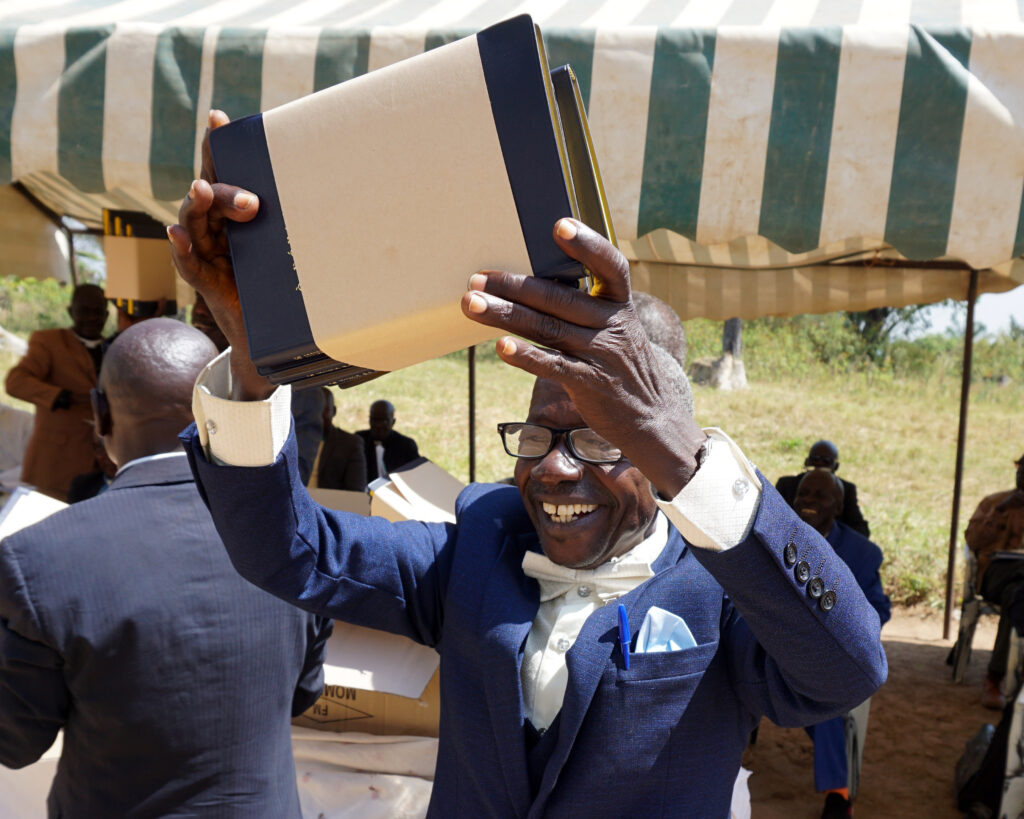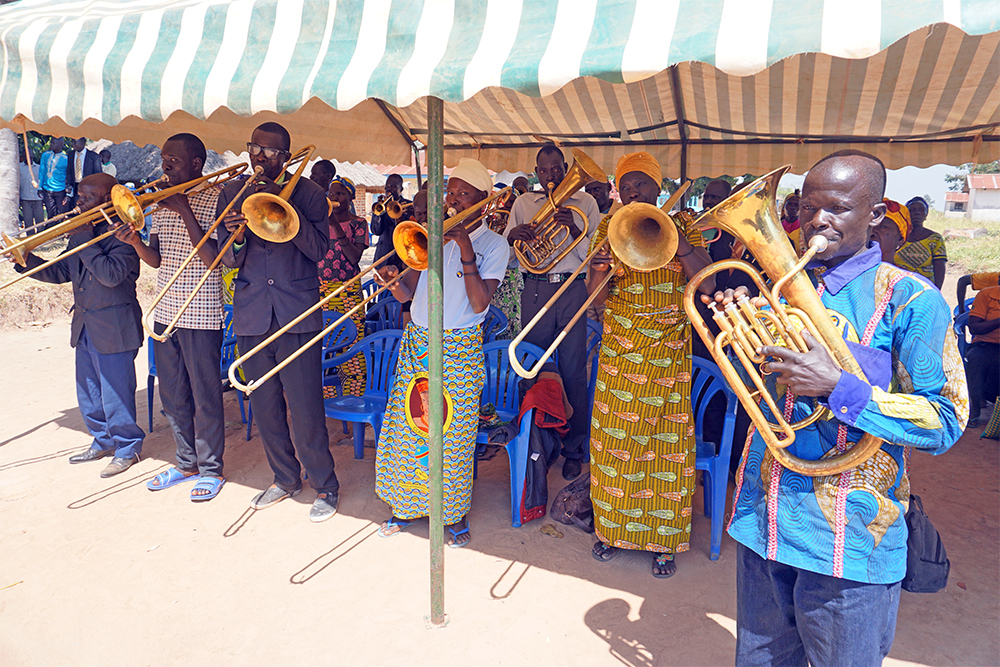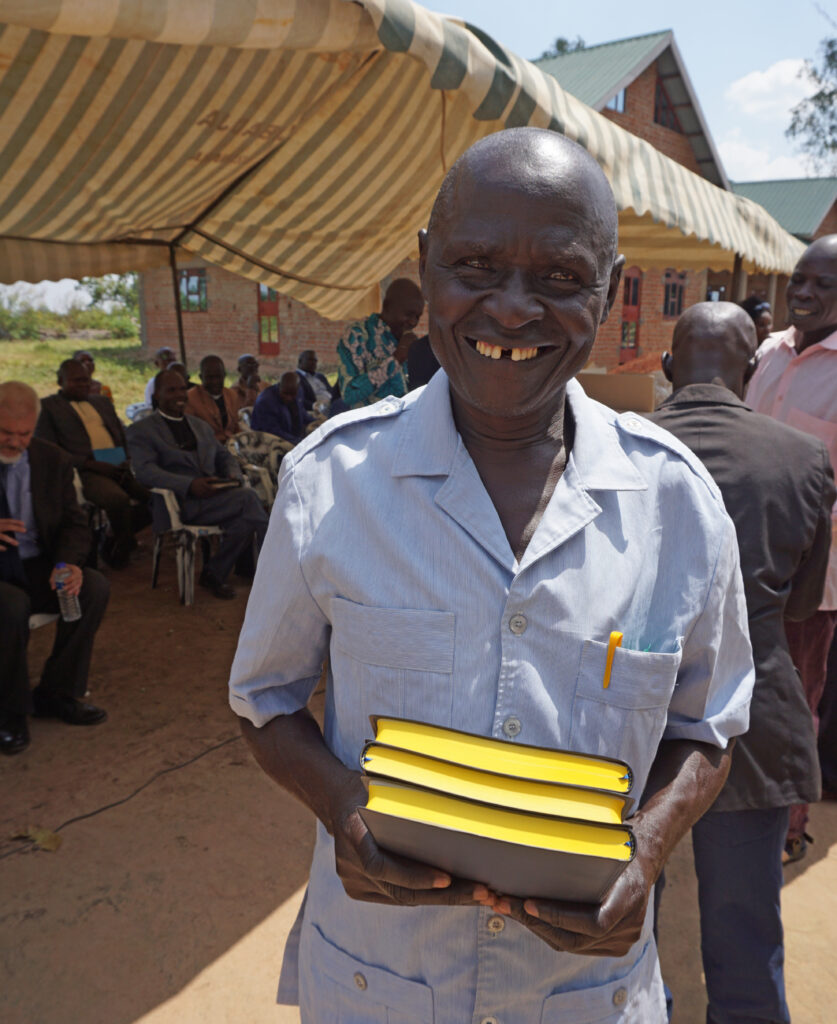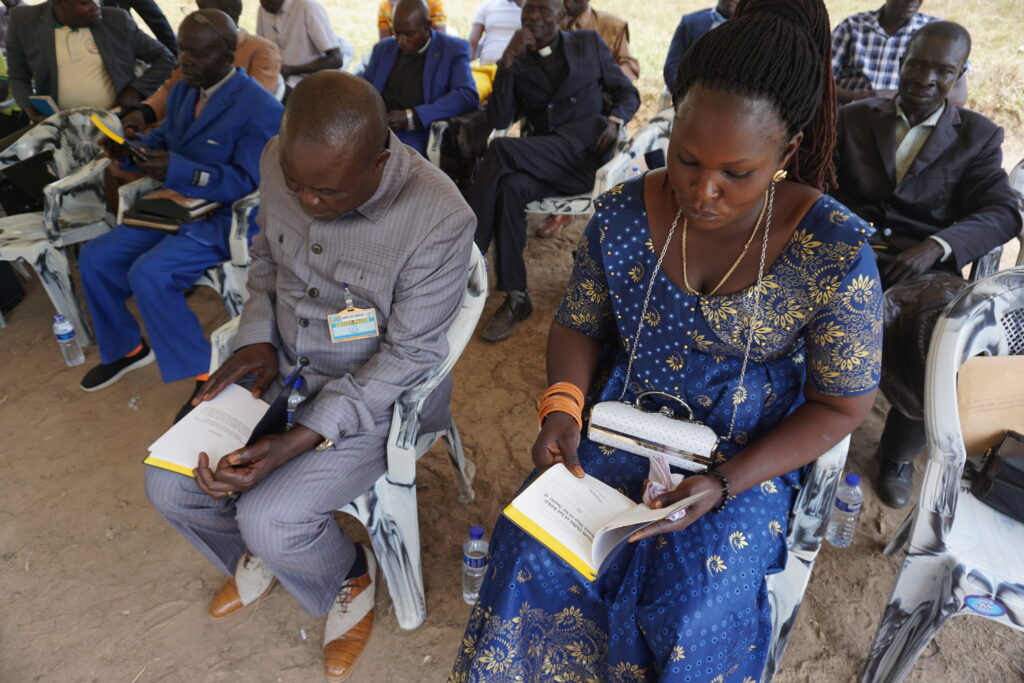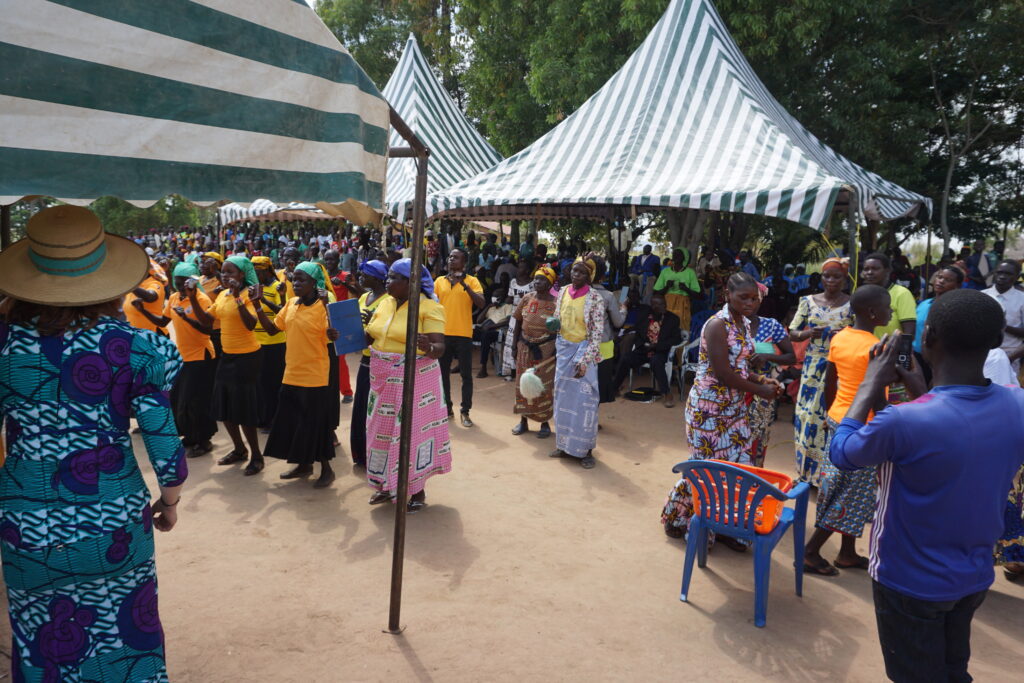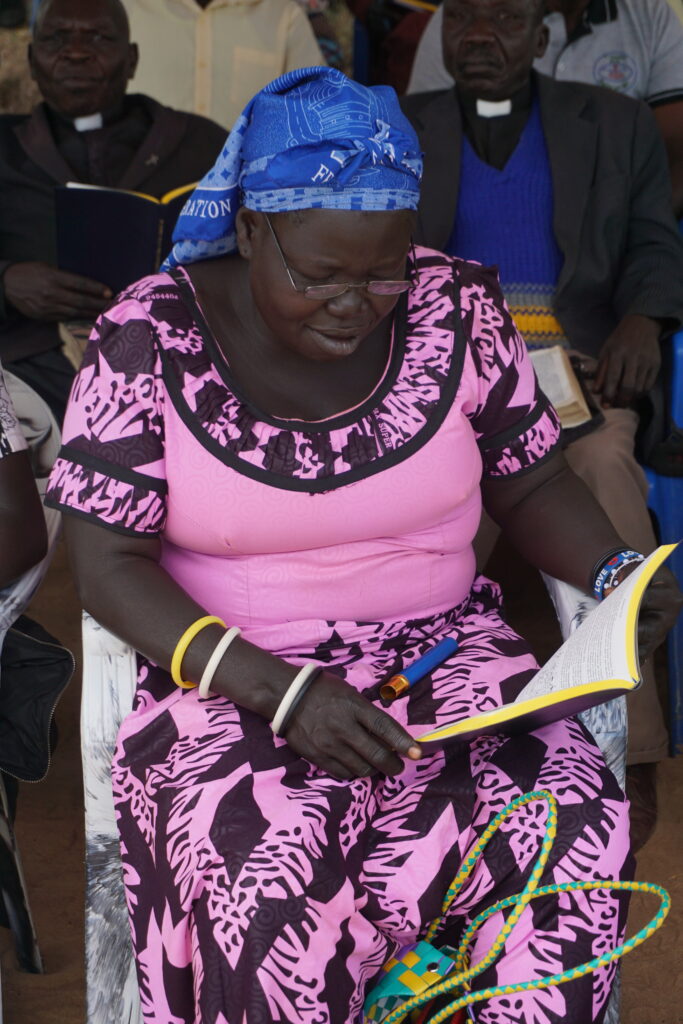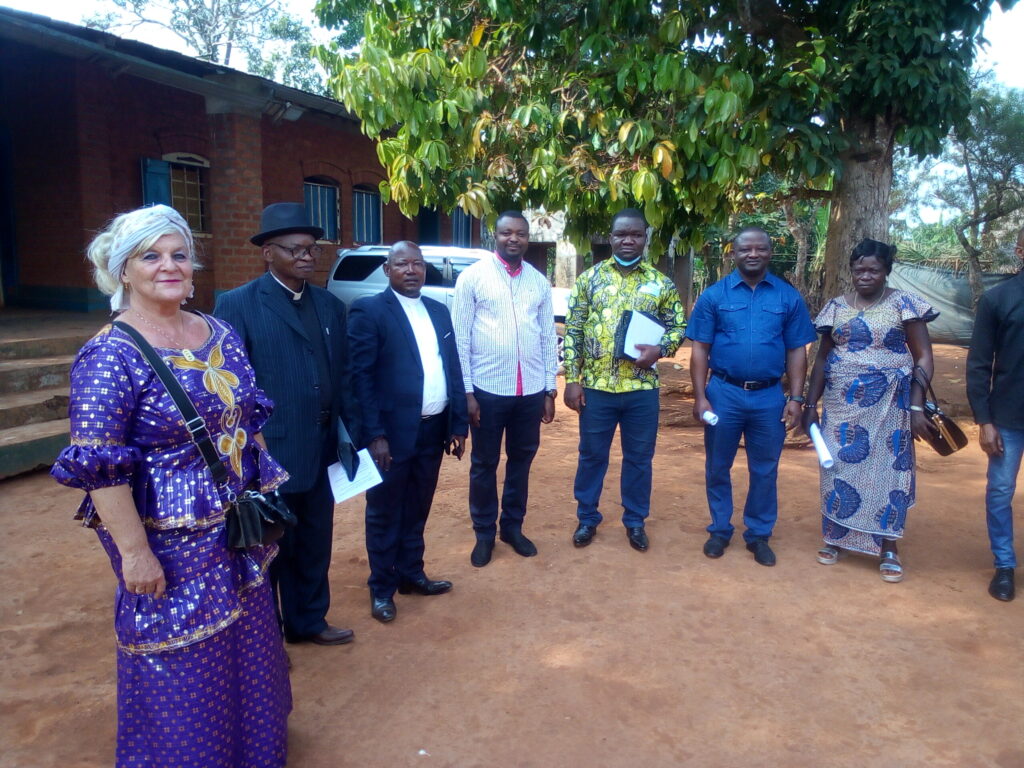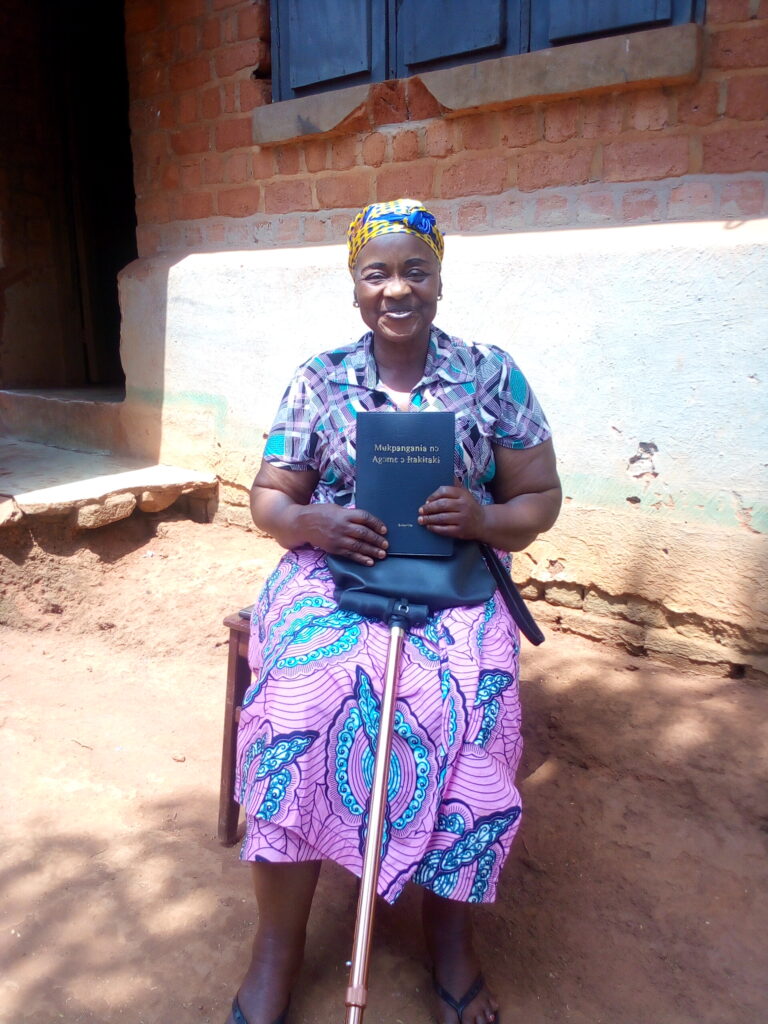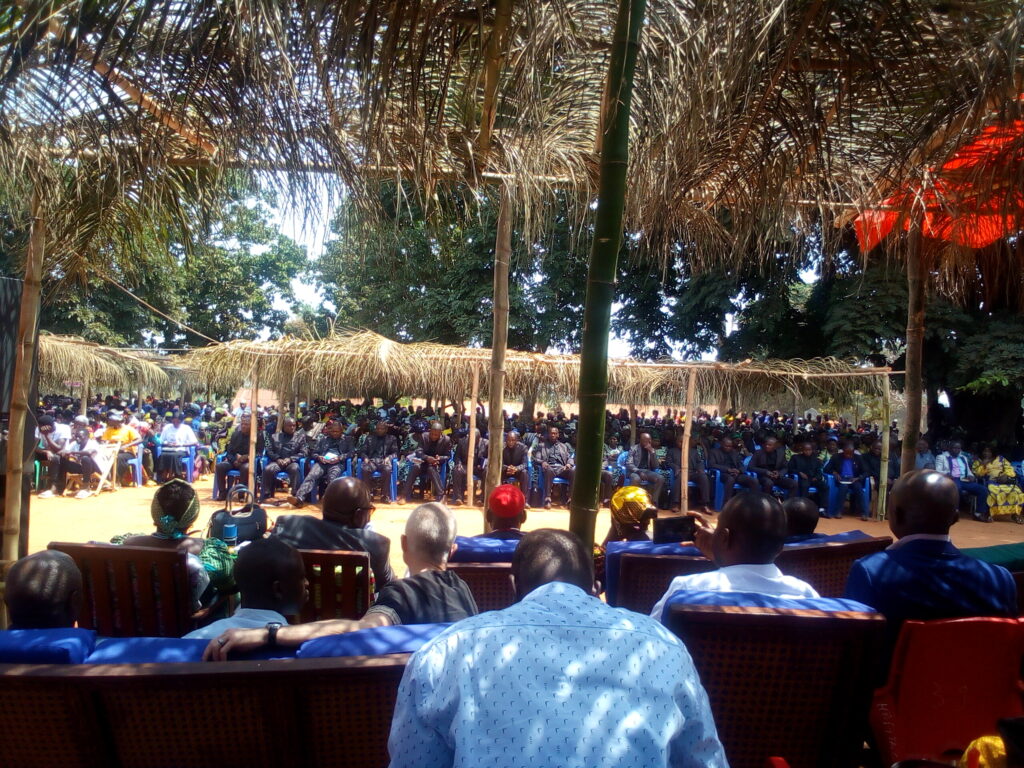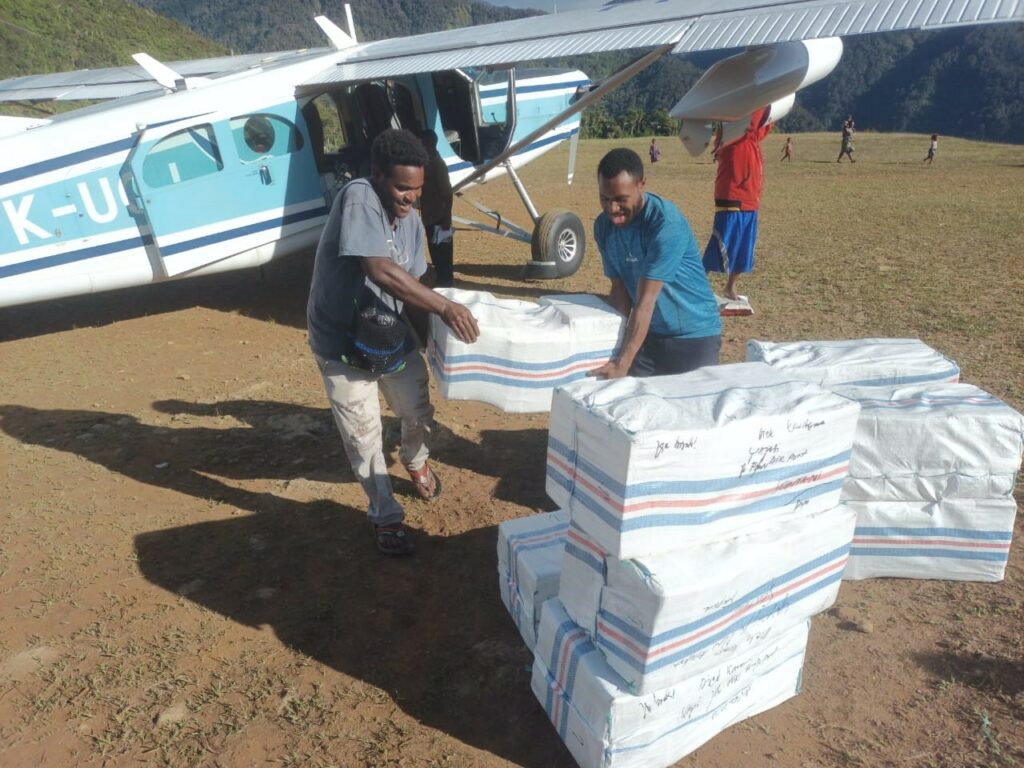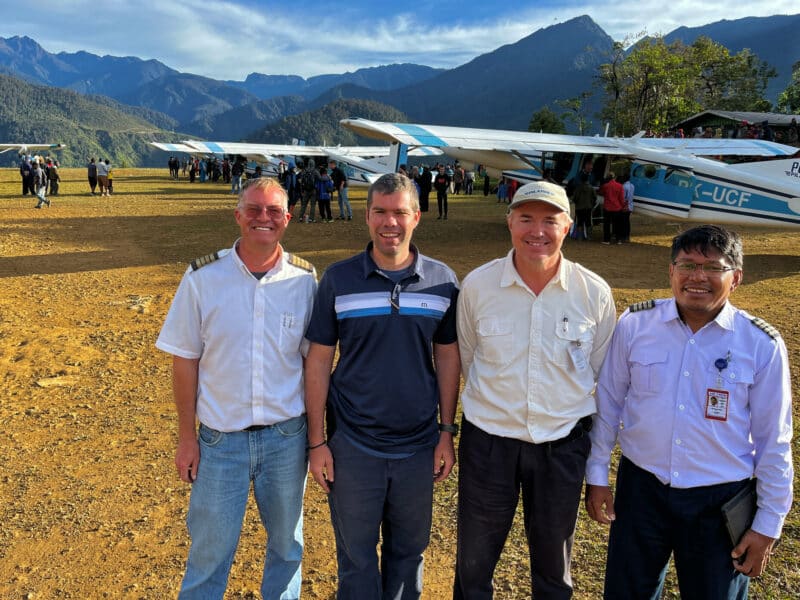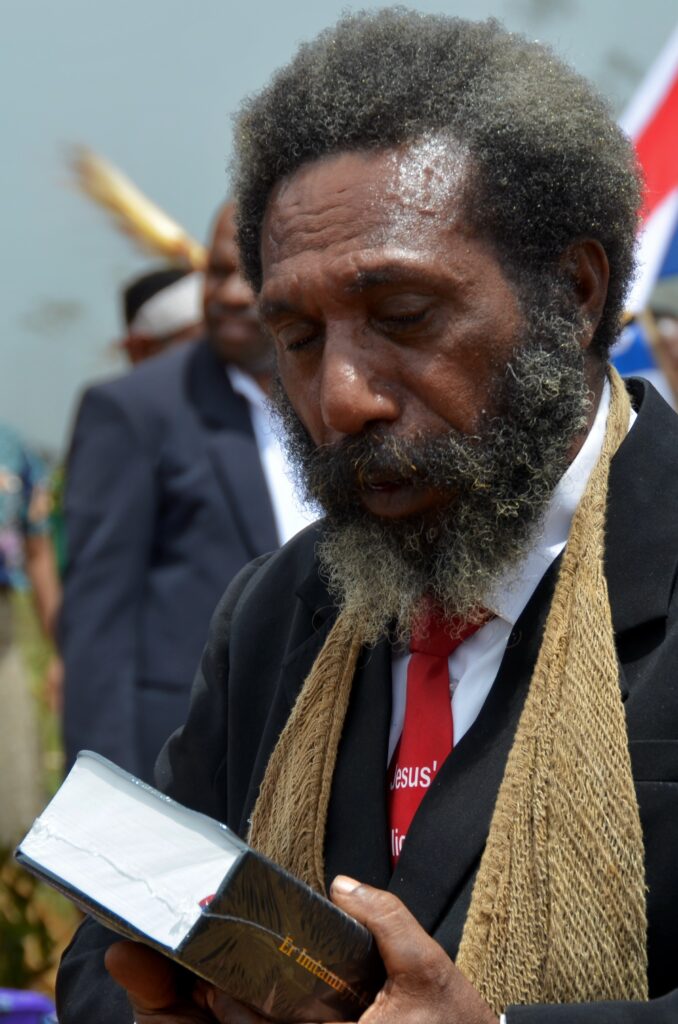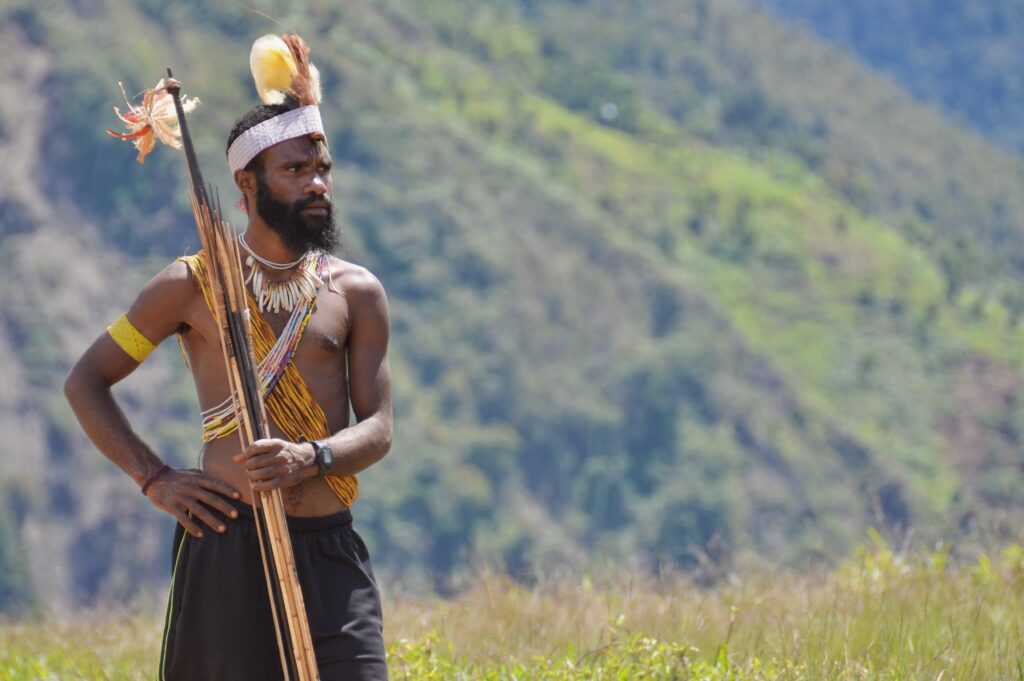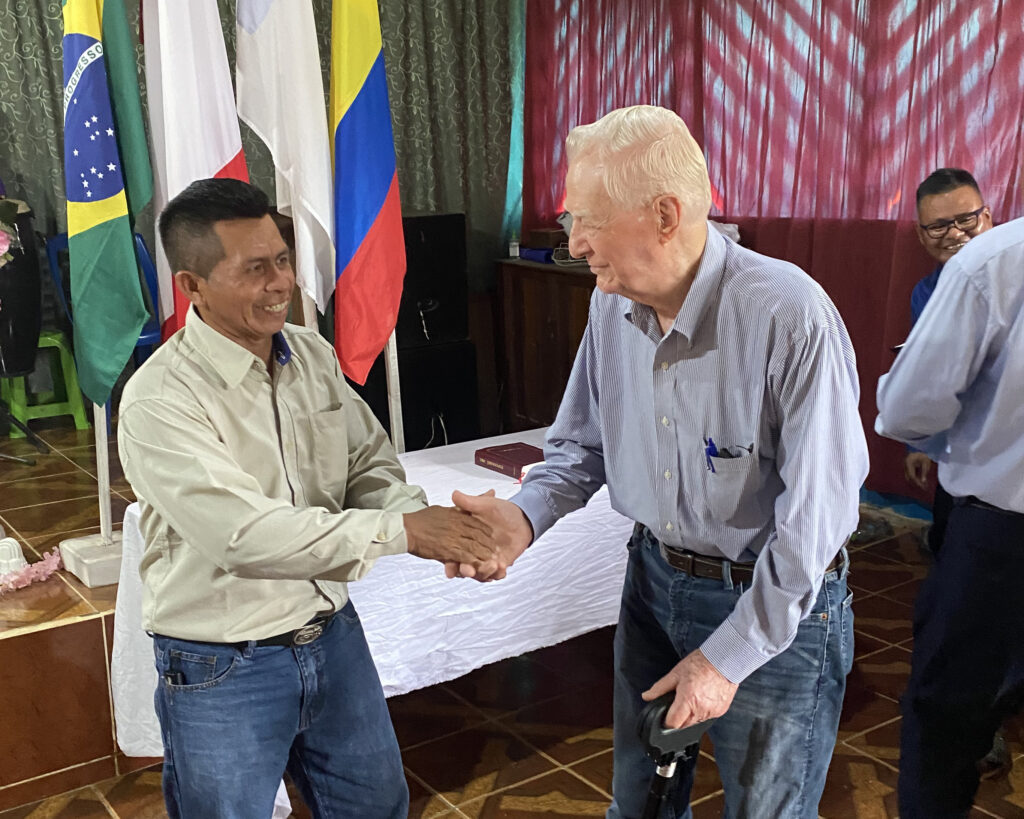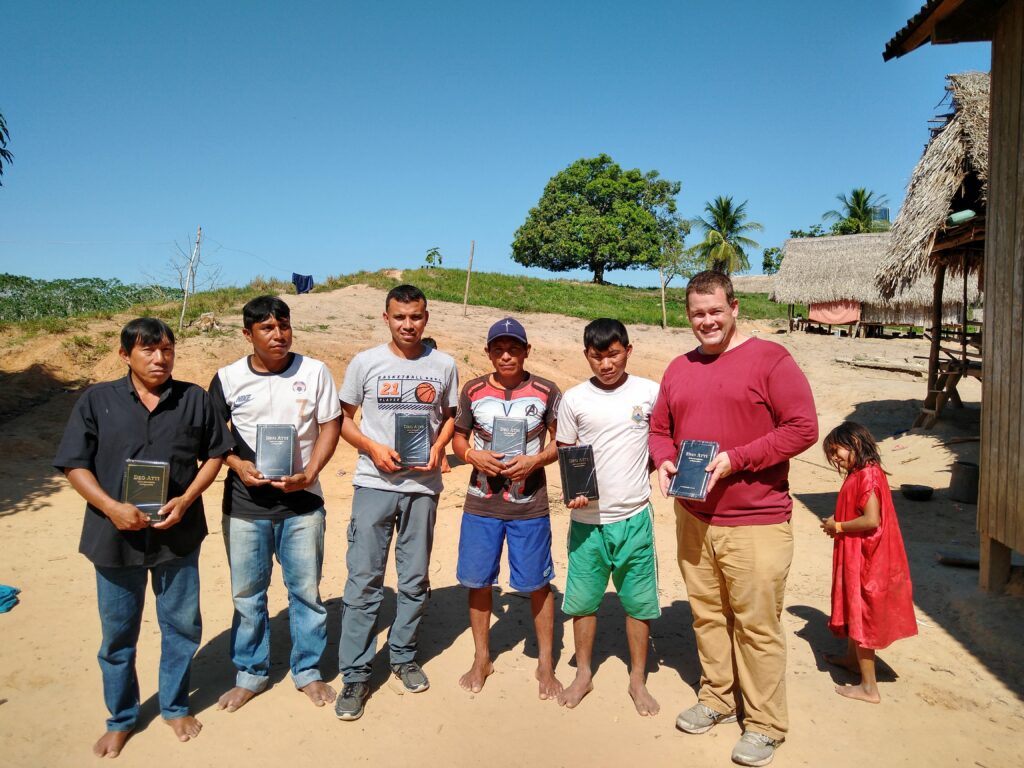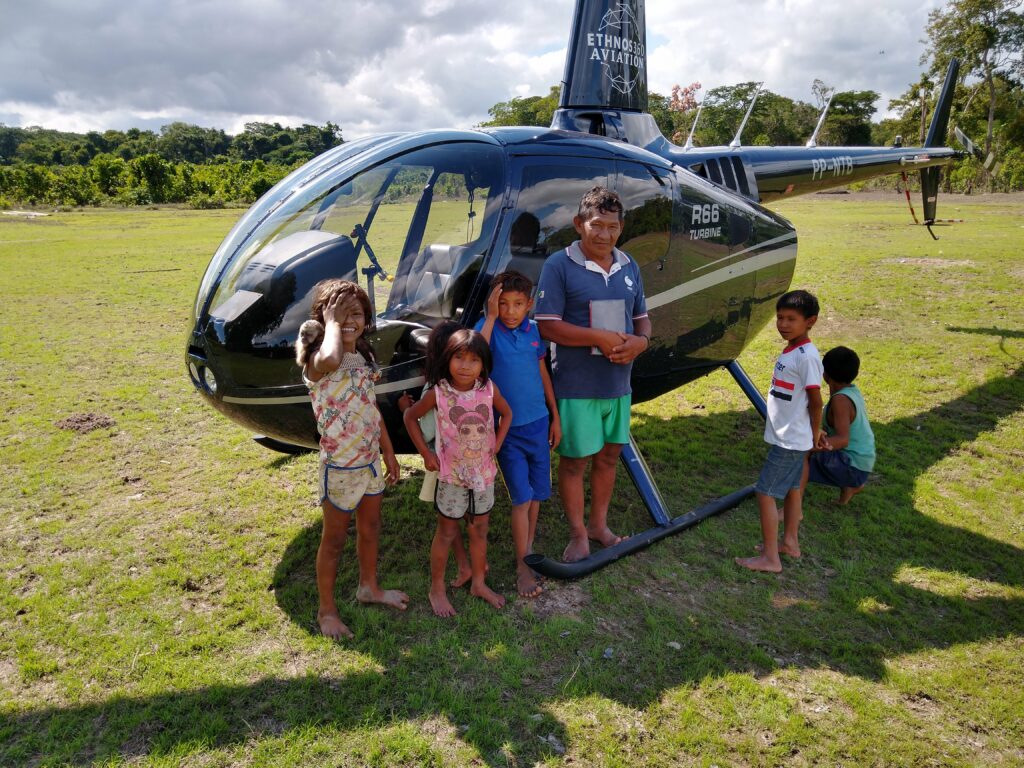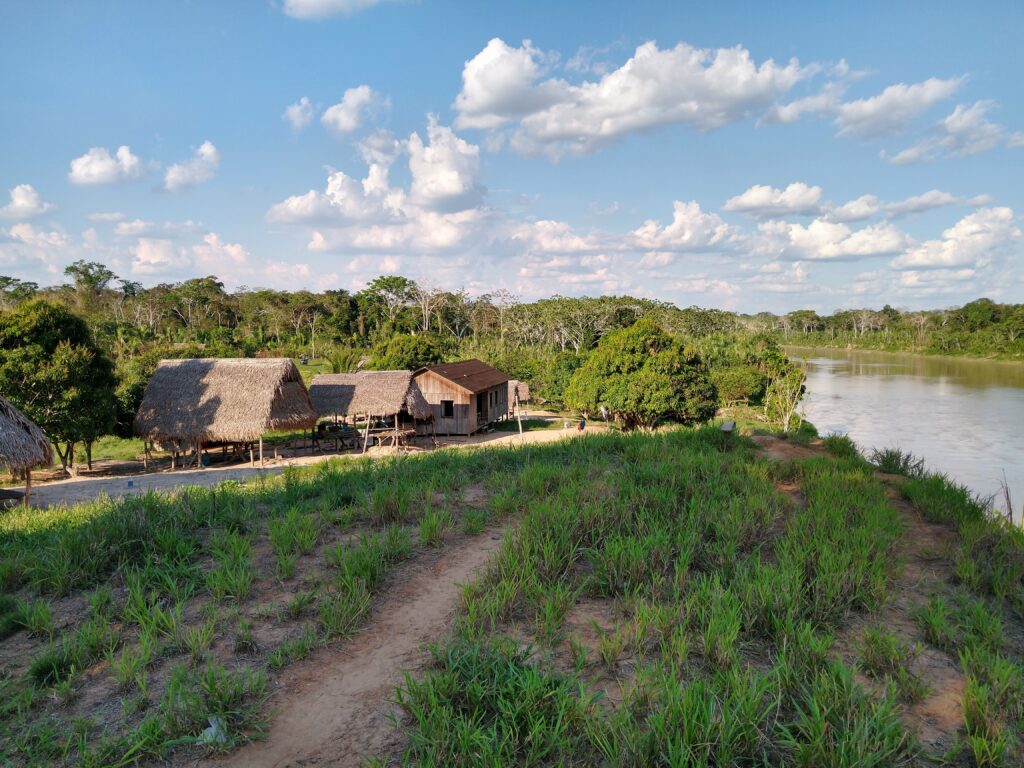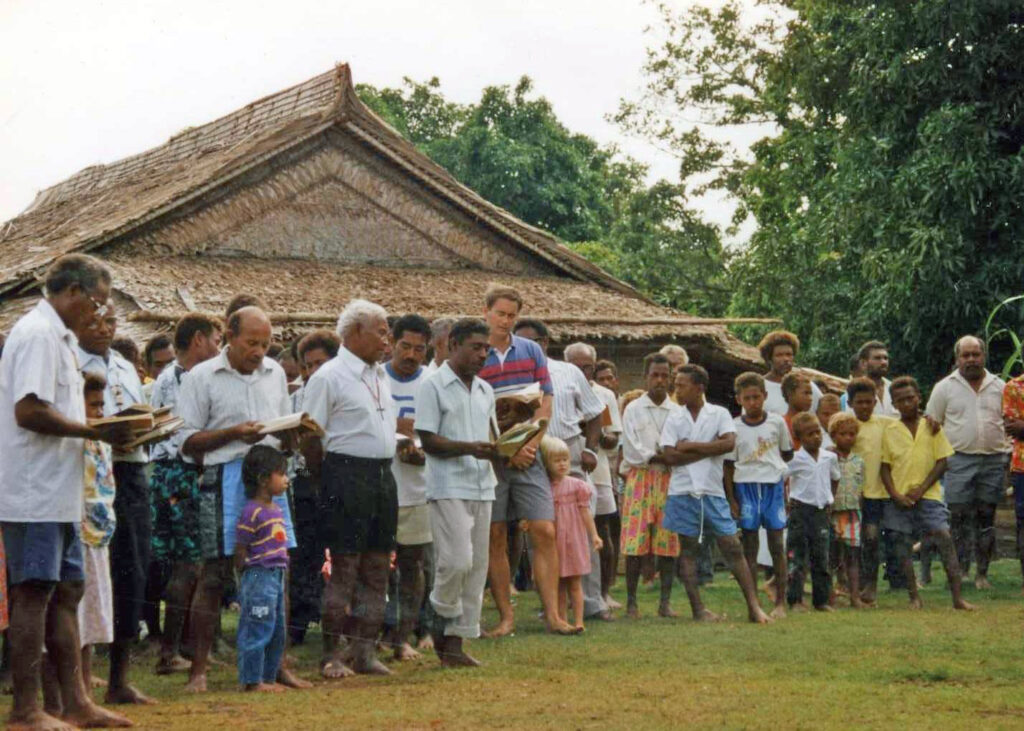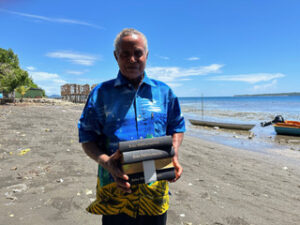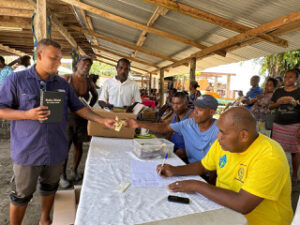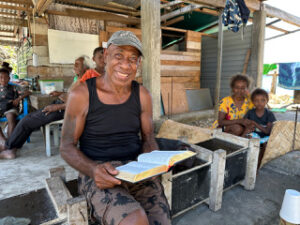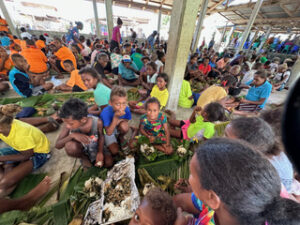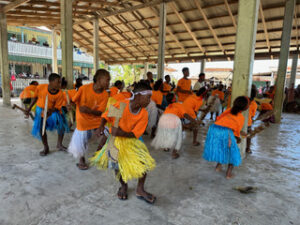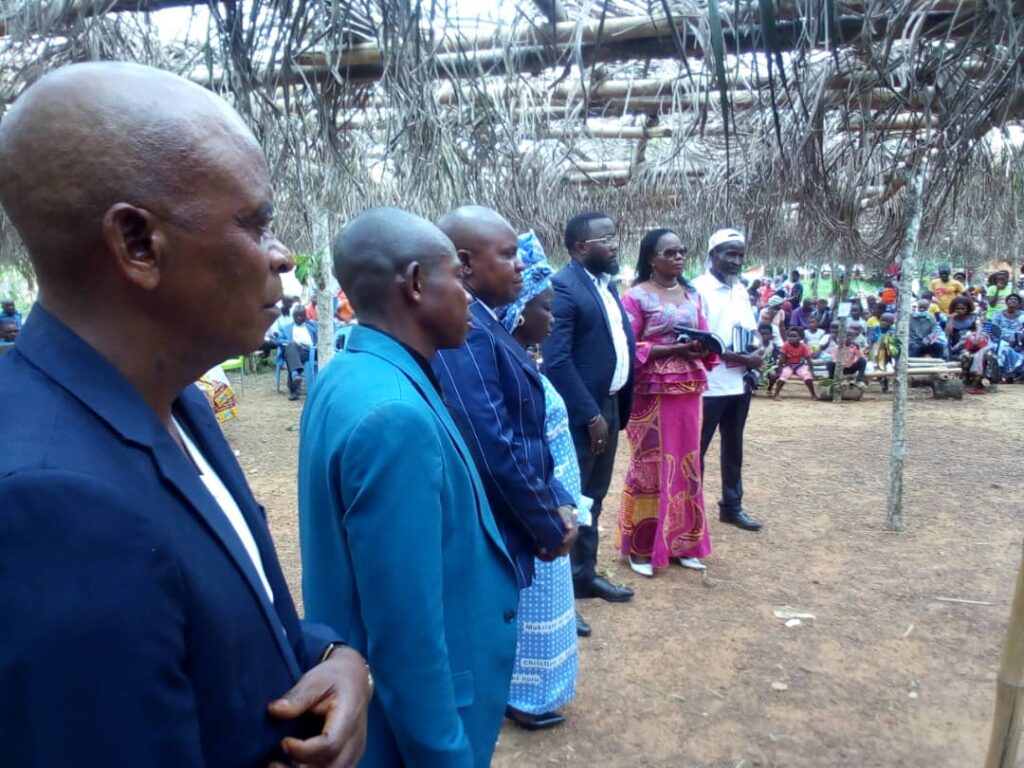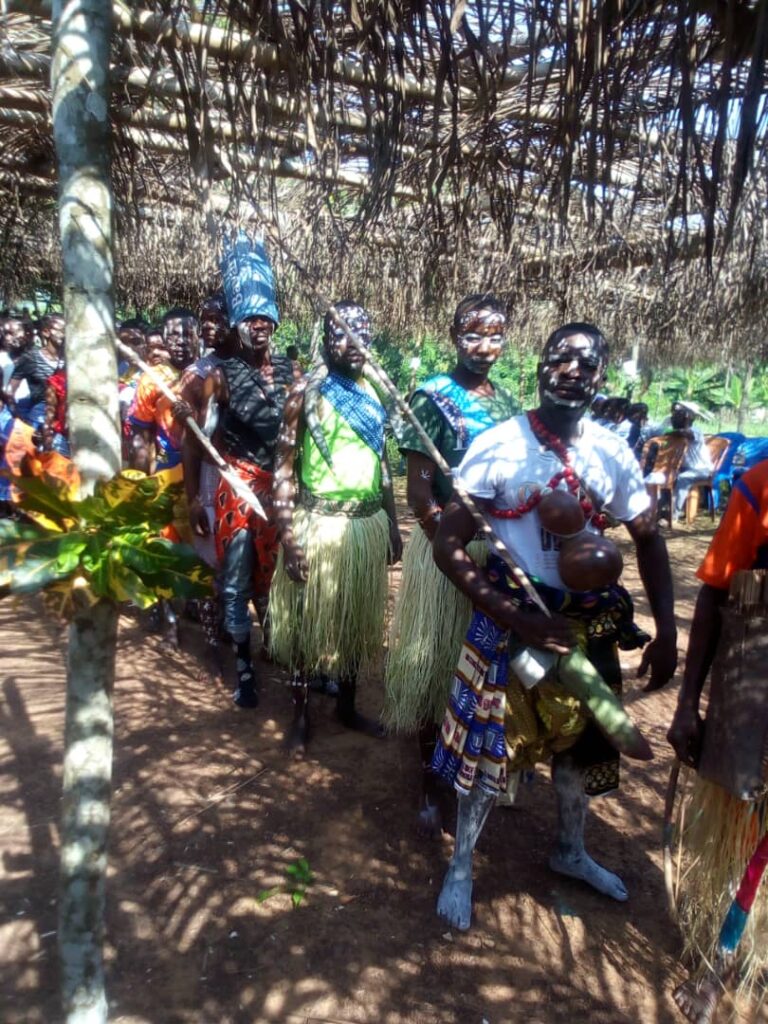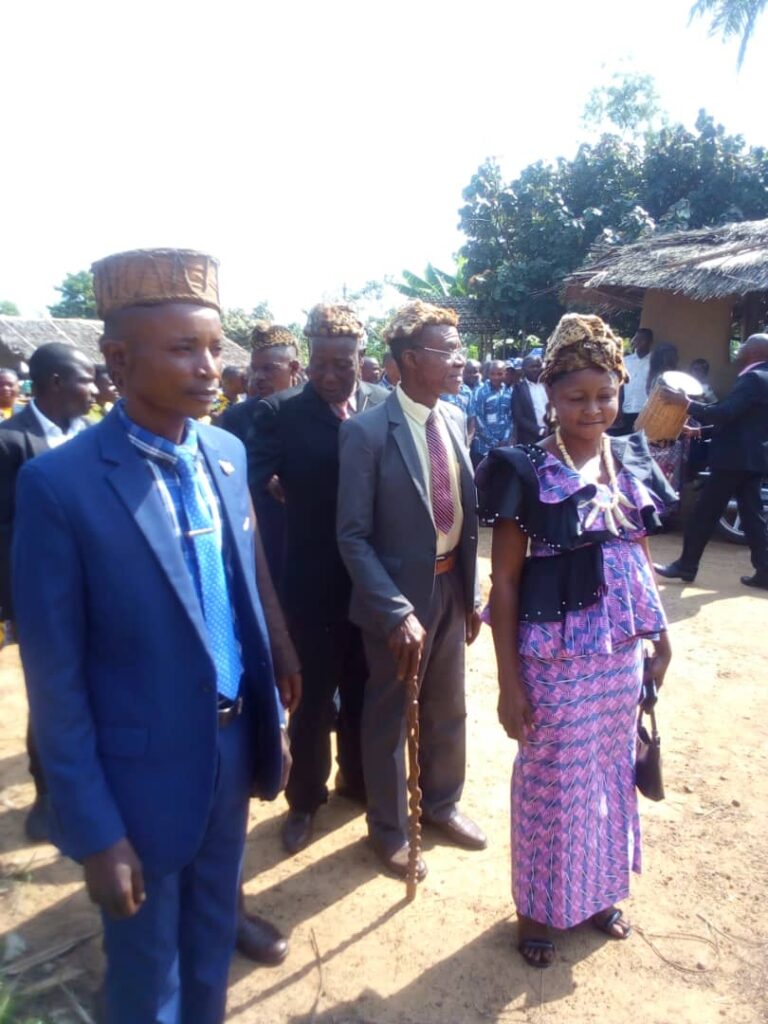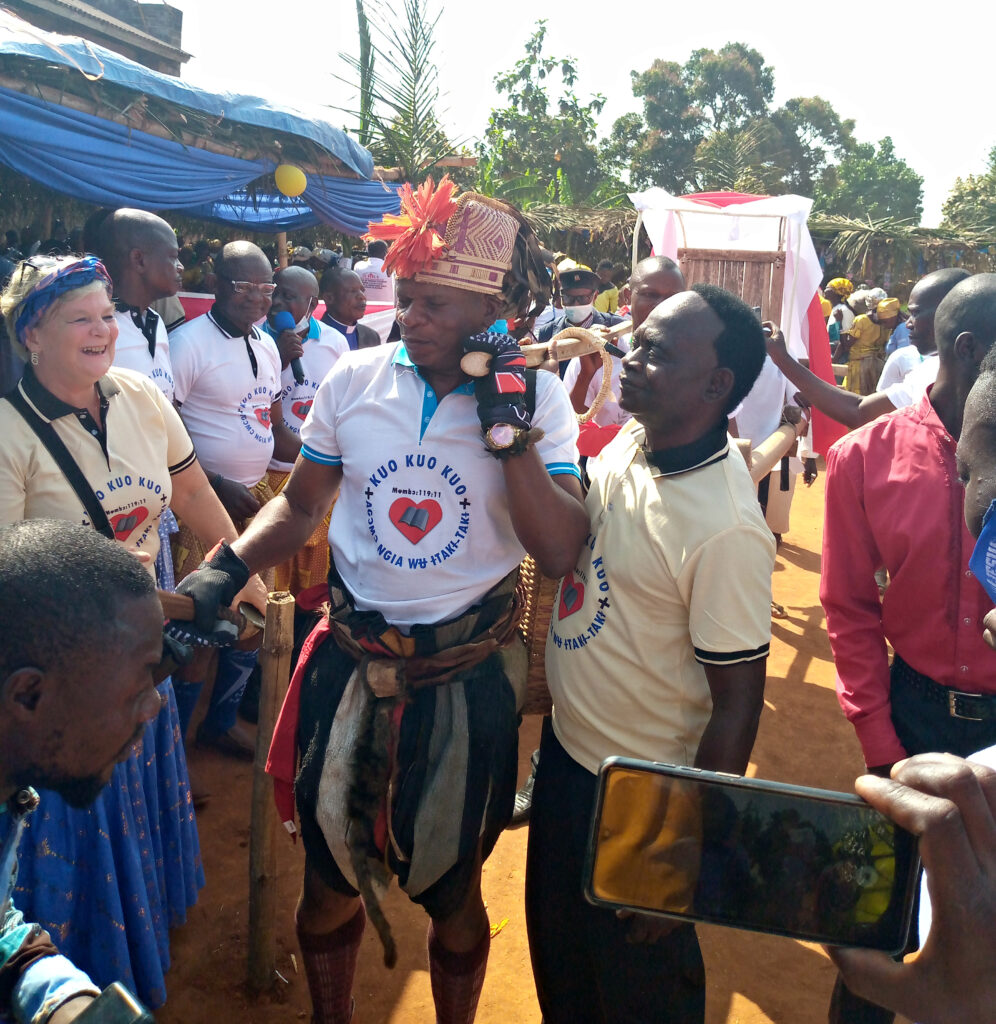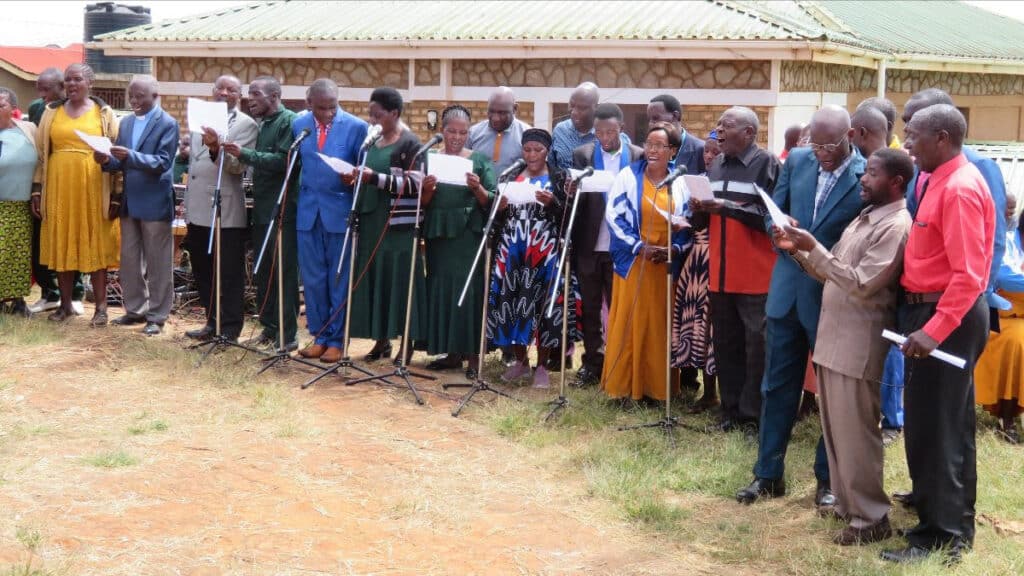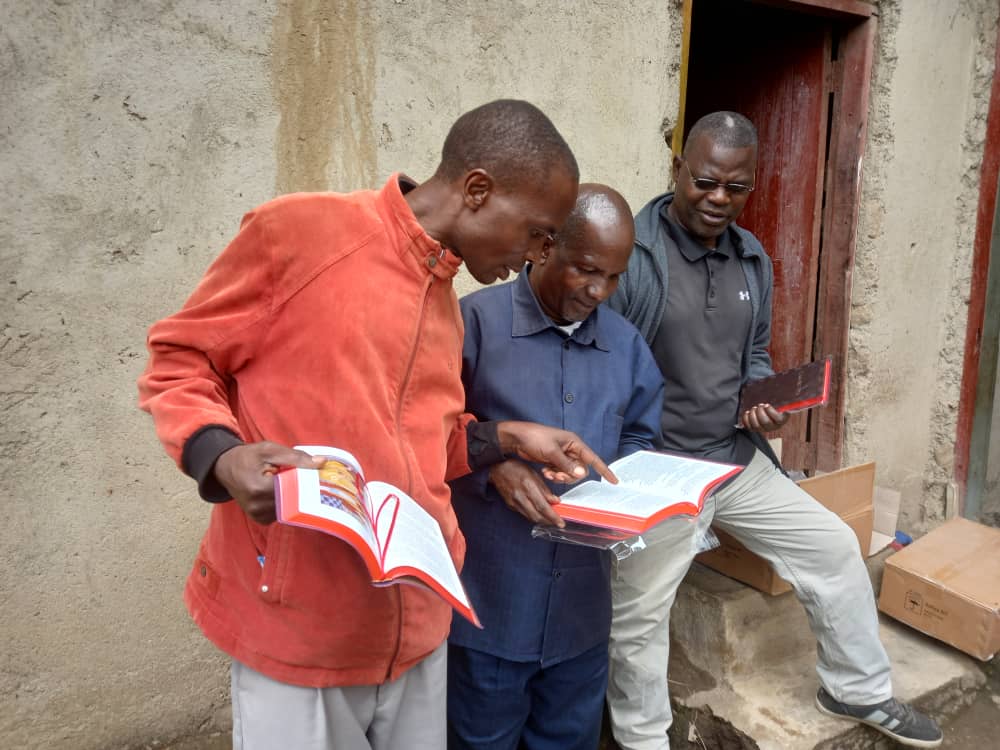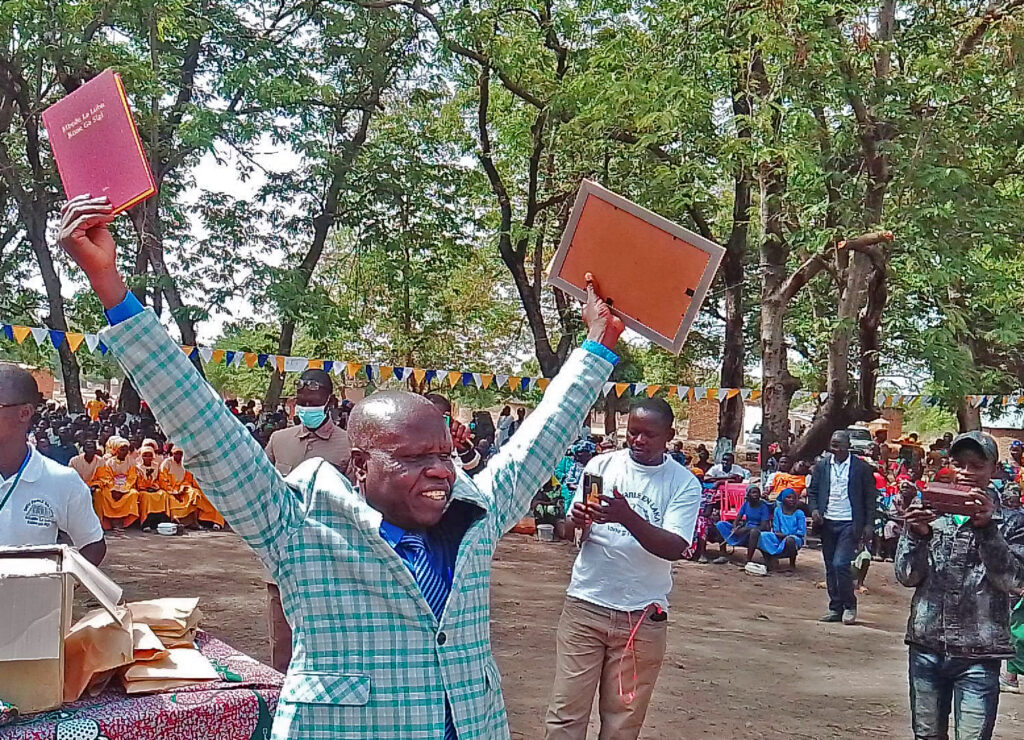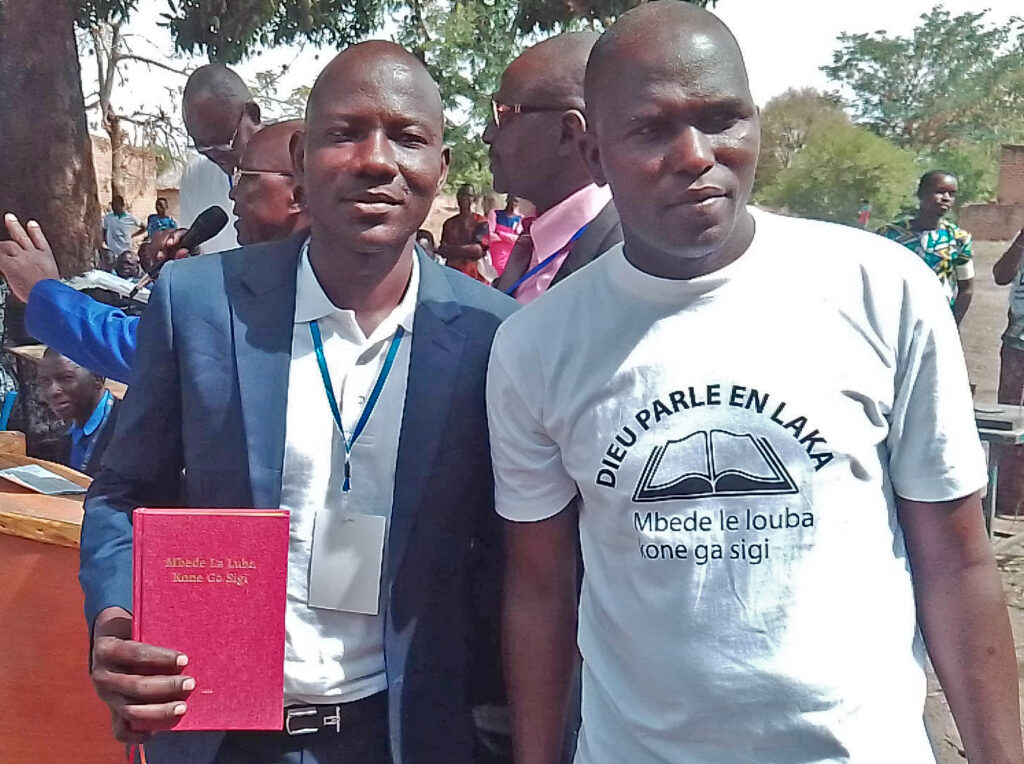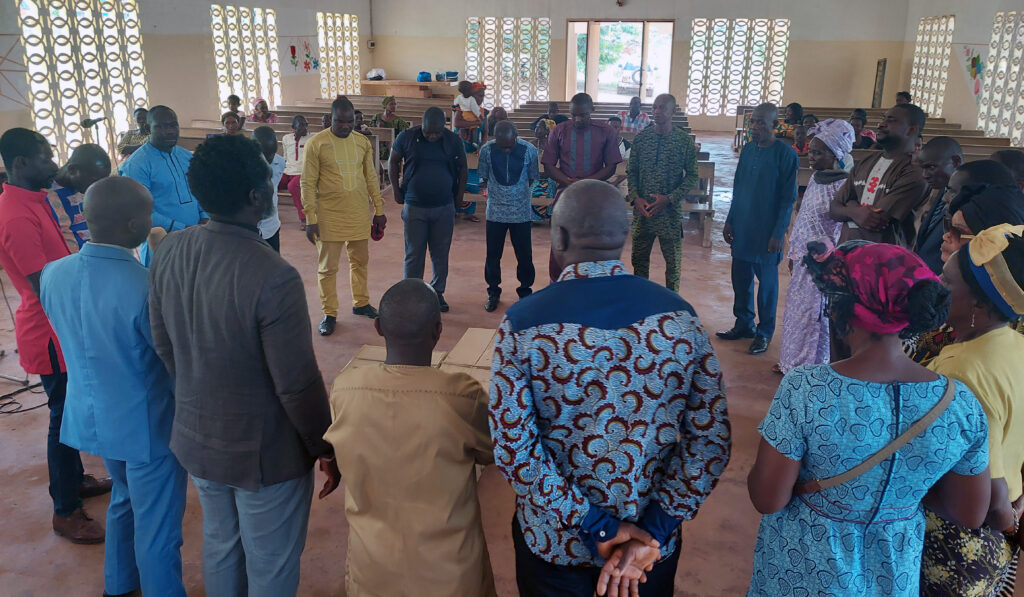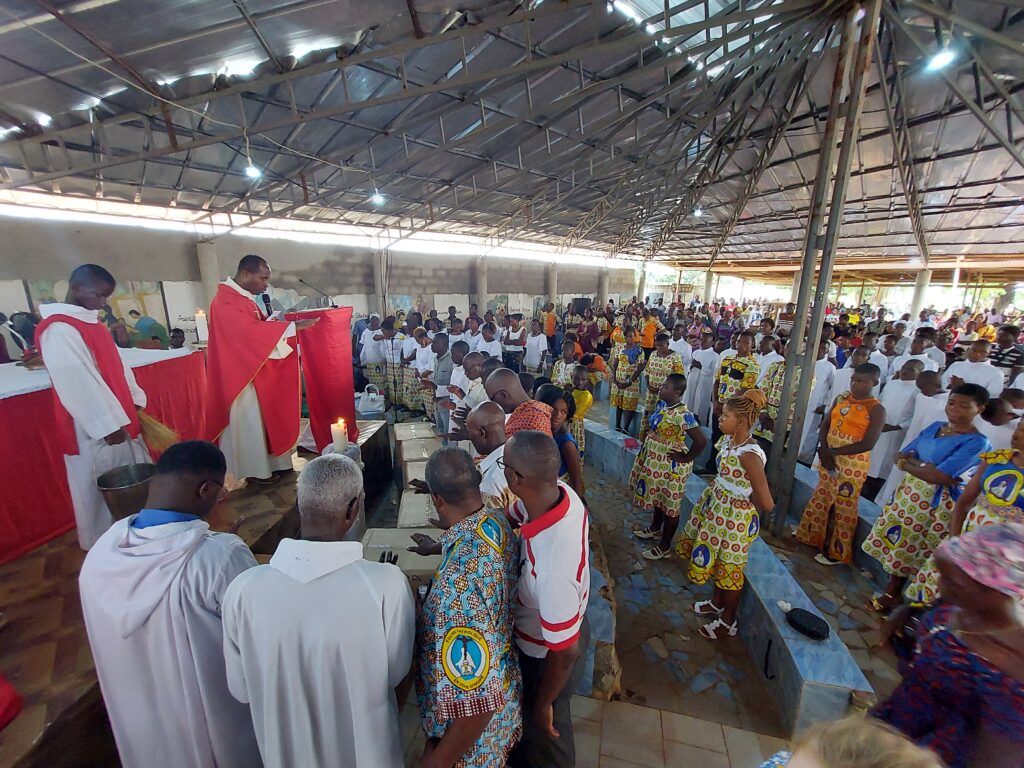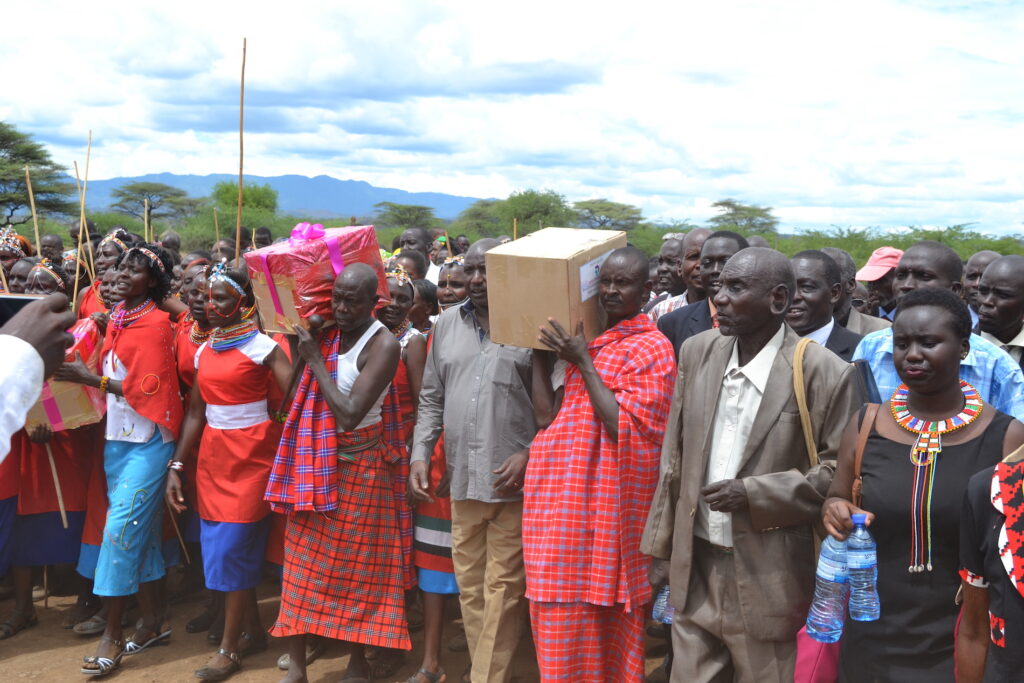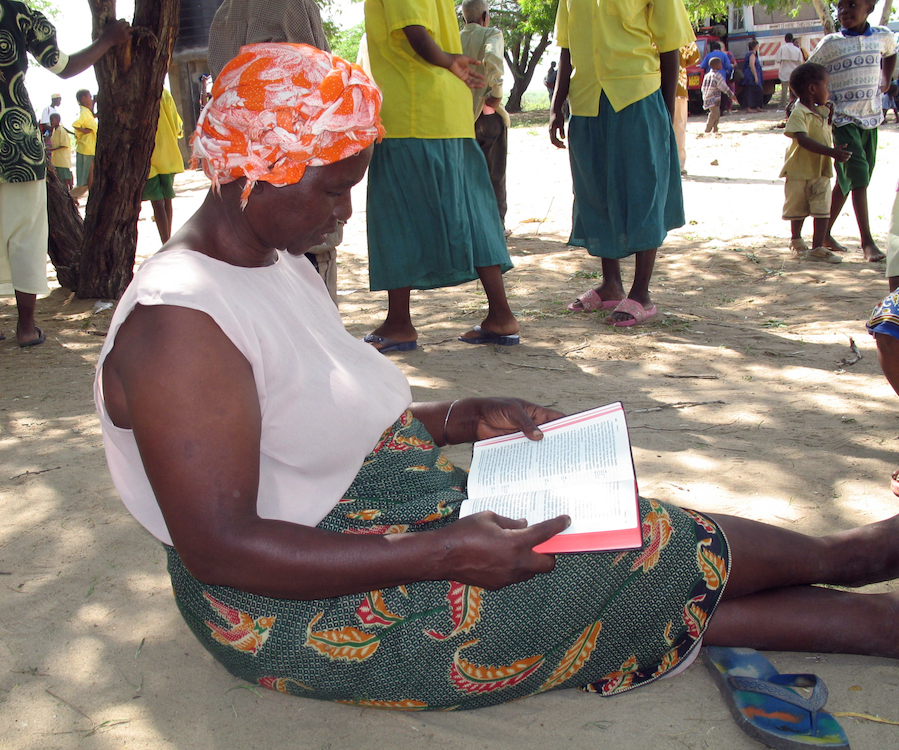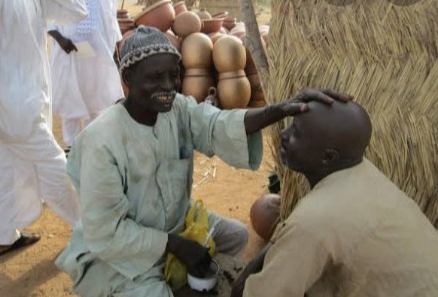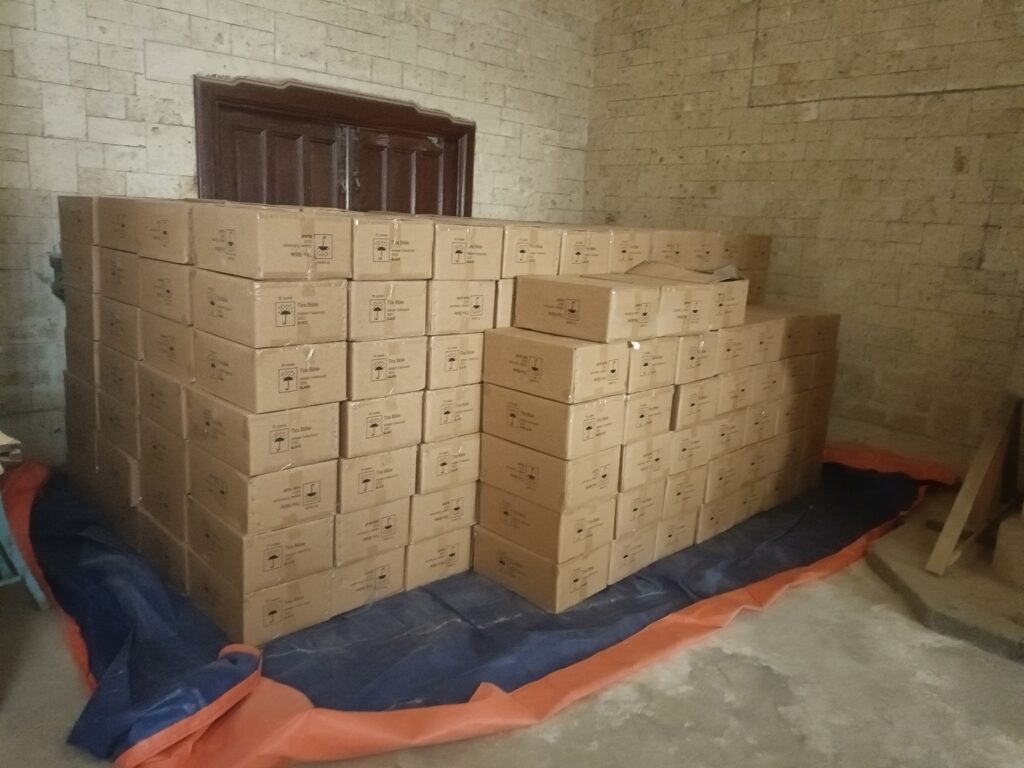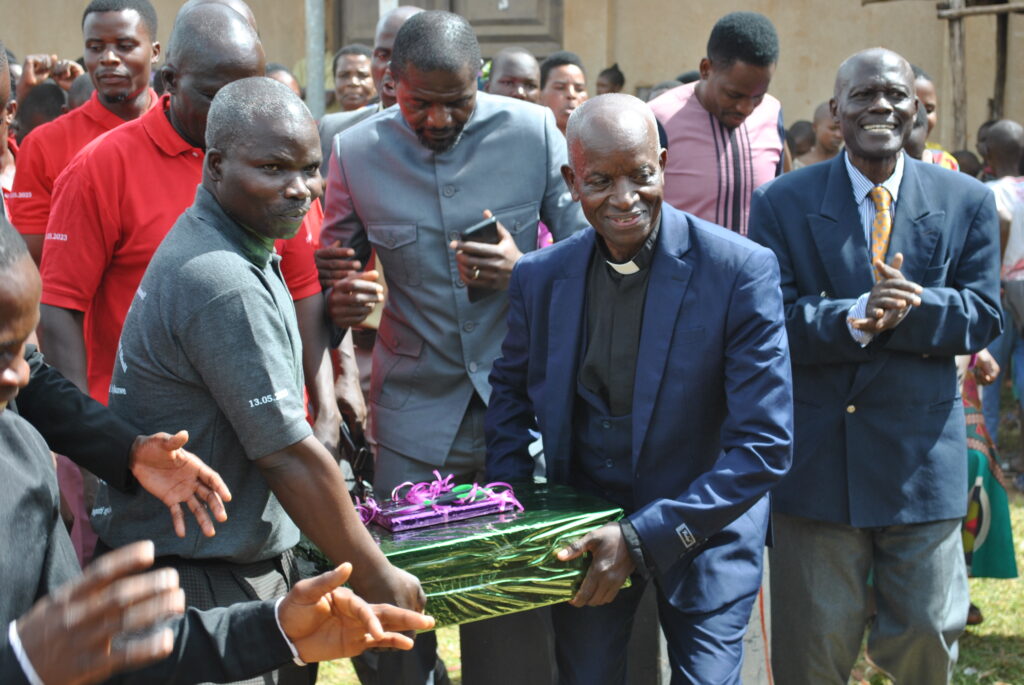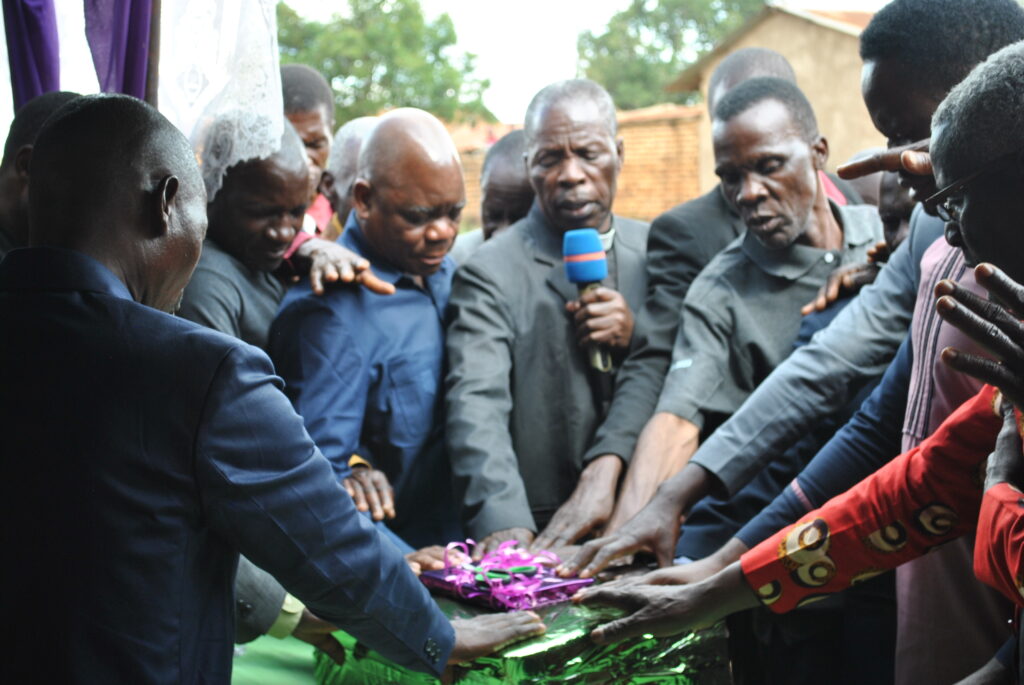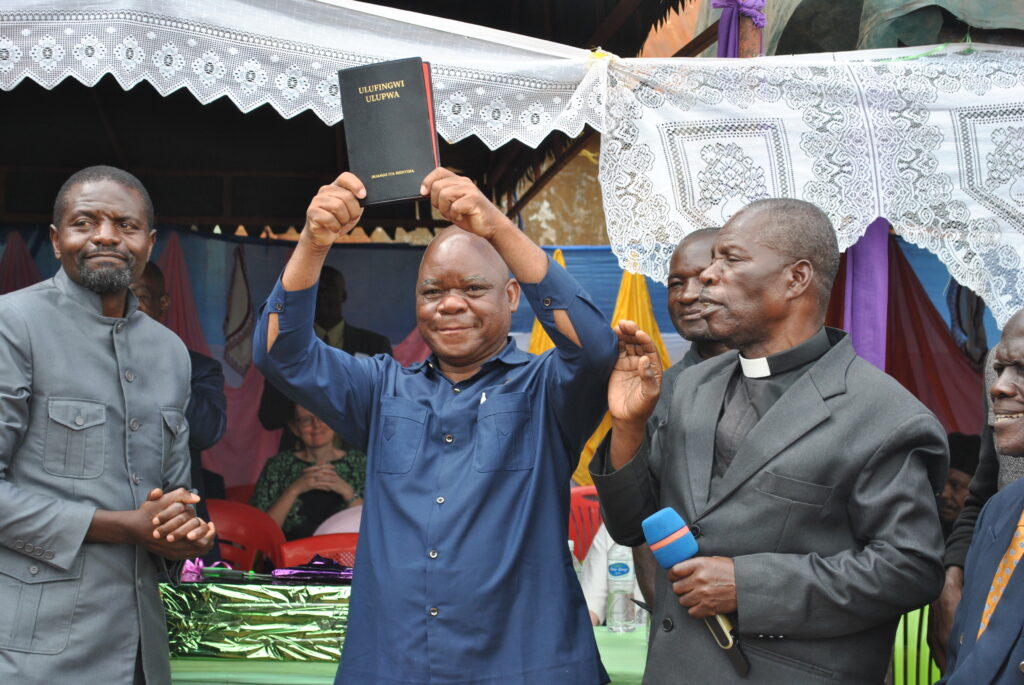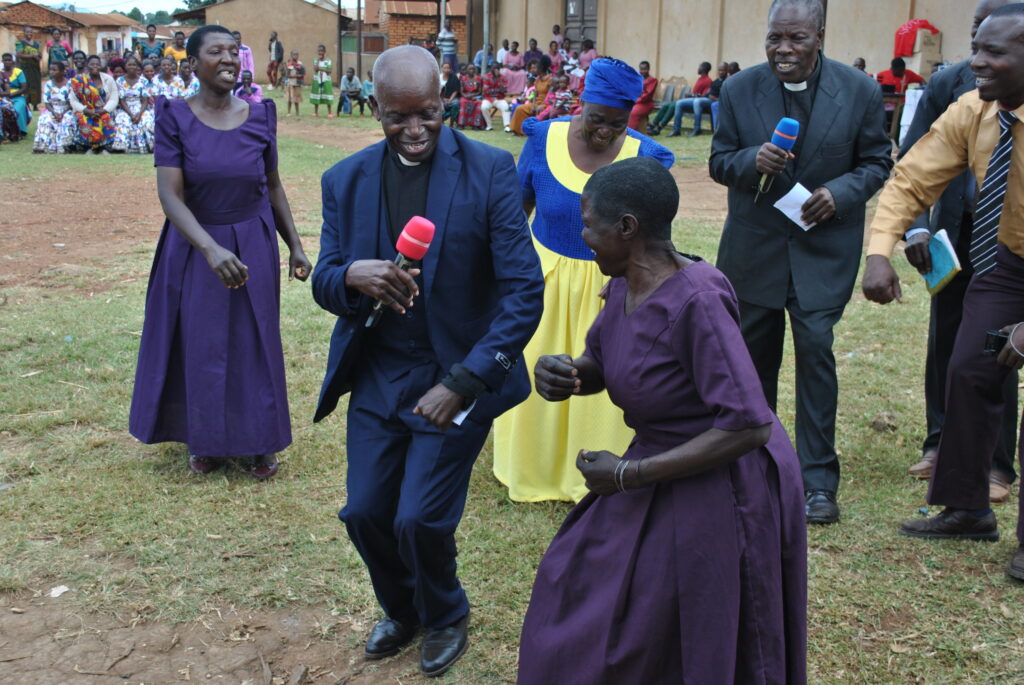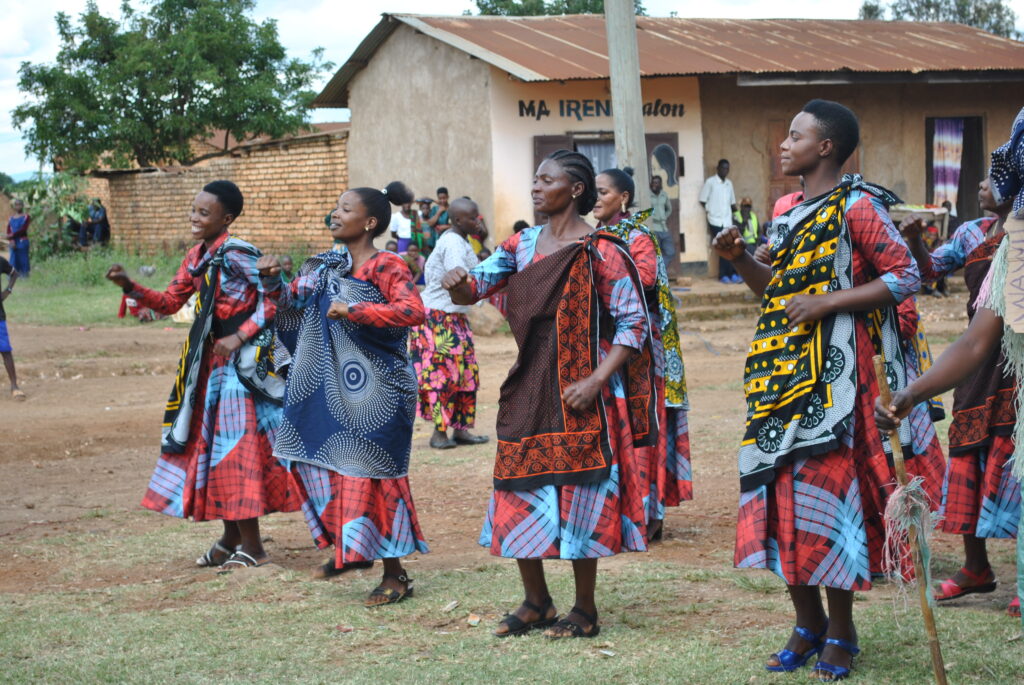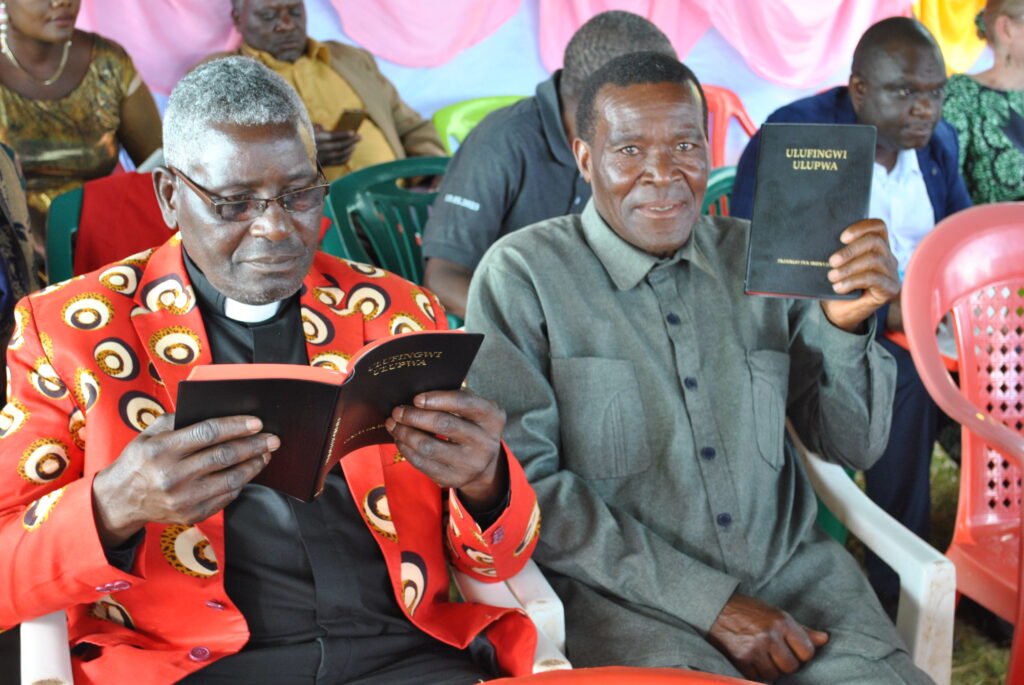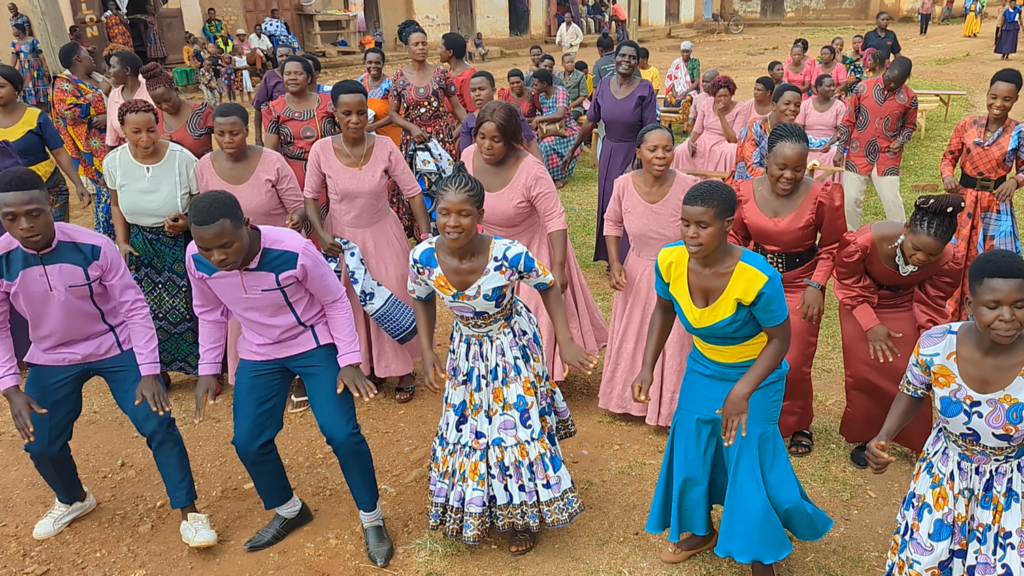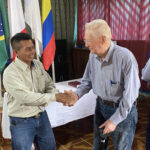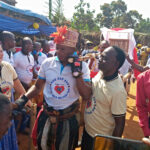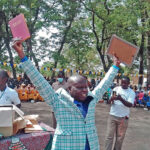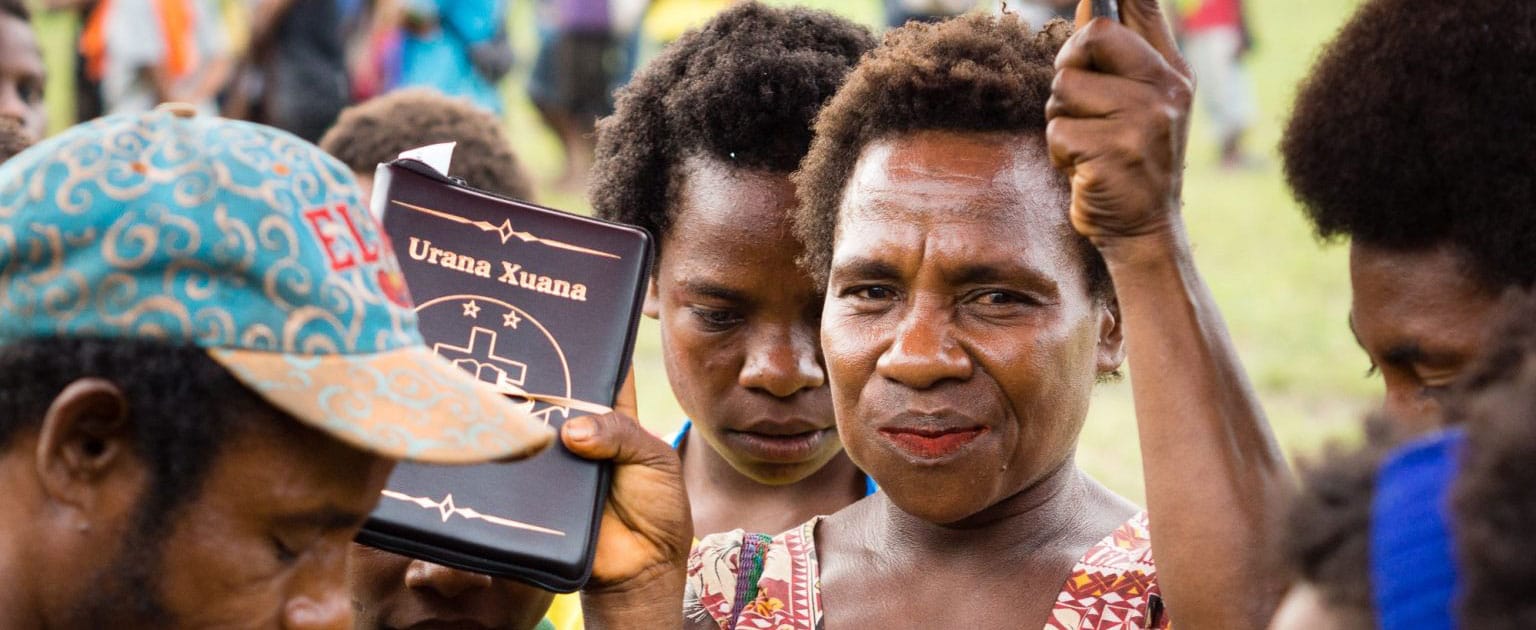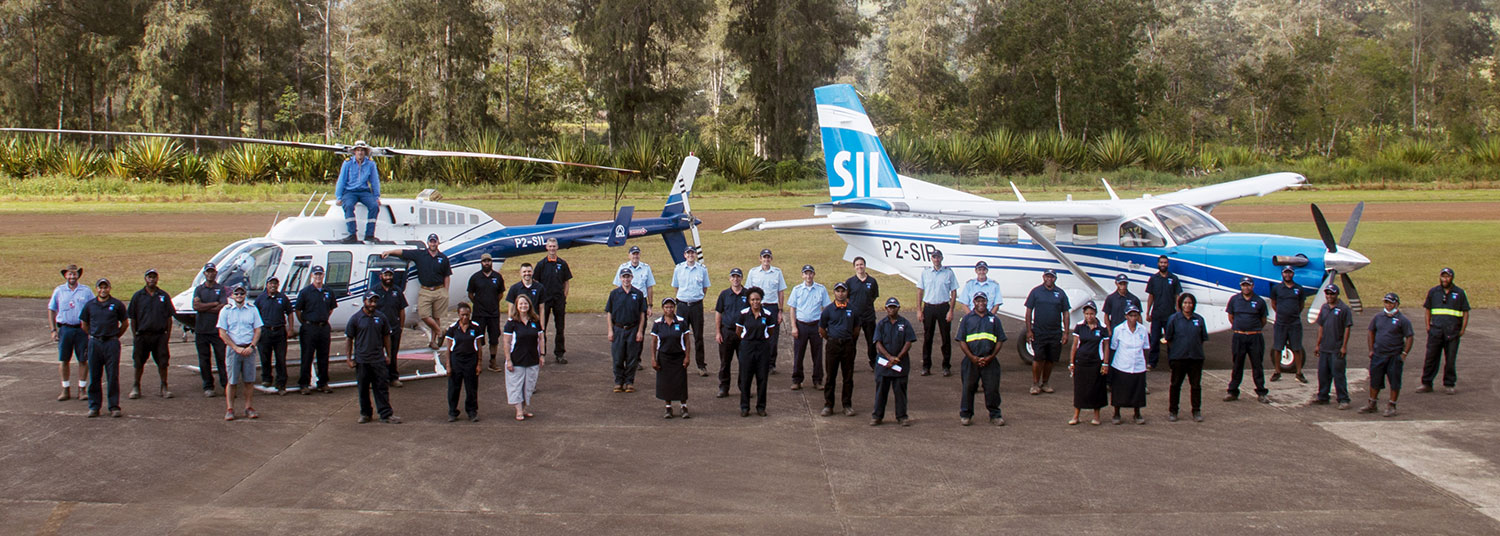Aviation Maintenance Specialists Enable Mission Work in Papua New Guinea
Ailerons, Engines, and Landing Strips
Flying from Port Moresby, Papua New Guinea (PNG), to SIL-PNG’s center at Ukarumpa was like flying over a sea of broccoli, according to Paul Wiedenfeld, a JAARS maintenance specialist.
“Every so often, you’d see a little source of smoke, knowing that someone had started a fire in this remote location,” Paul recalled about his flight in a Kodiak over the mountainous terrain. No roads were in sight.
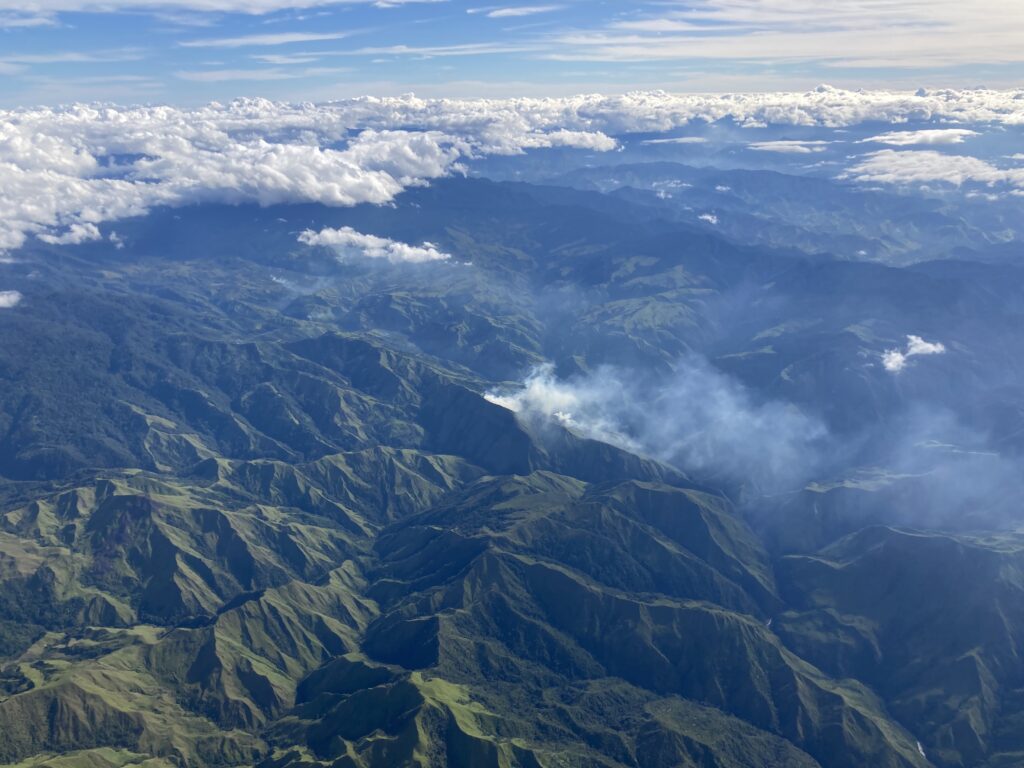
The remoteness of Ukarumpa surprised Paul: he had thought the landing strip would be more developed. “It was right up amidst the foothills of the mountains, and the pilot followed the terrain and had to land with VFR (Visual Flight Rules) only.”
Paul and three other experienced JAARS maintenance specialists recently traveled to Ukarumpa along with three younger, less-experienced maintenance specialists who are interested in serving overseas. “It was a wonderful opportunity,” Paul said. “It was a great encouragement to see what I’m supporting from JAARS in Waxhaw, to see the operations taking place, to see flights going out in the morning to serve the folks in the remote places in the world.”
The team of maintenance specialists from JAARS went to PNG to help sustain the work that our aviation partner, SIL-PNG, does to proclaim the gospel by transporting Bible translators, literacy workers, Scripture Engagement staff members, and people working on community development projects.
SIL-PNG Aviation operates six turbine aircraft: four fixed-wing Kodiaks and two Bell helicopters, both of which require extensive ongoing maintenance. Their maintenance staff is small, so it’s difficult for them to keep up with projects beyond standard maintenance. Only three full-time maintenance specialists work in the hangar, and their maintenance manager is available occasionally to help with hands-on work. “They had some large projects waiting for us to do,” said Jon Damon, the JAARS aviation-maintenance training coordinator.
Upon arriving in Ukarumpa, the JAARS maintenance specialists split into two teams. One worked on heavy turbine engine maintenance, and the other worked on heavy airframe-related projects.
Jon was in charge of the engine crew. During a 400-hour inspection of an engine, the team did video-scoping of its interior to check the components. They found problems, and the JAARS team did a specialized procedure on the engine, which would have been too much for the small PNG staff to fix. “We’re very thankful that we found [the problem] while we were there,” Jon remarked, “because that extra load on them would have been a hard thing for them [with so few maintenance specialists] to deal with.”
Andrew Roberts, who works at JAARS as a maintenance and supervisor instructor, led the sheet-metal crew in overhauling ailerons. Those controls on the wings allow a pilot to raise or lower one side of the aircraft, enabling the pilot to steer through the air—very important parts!
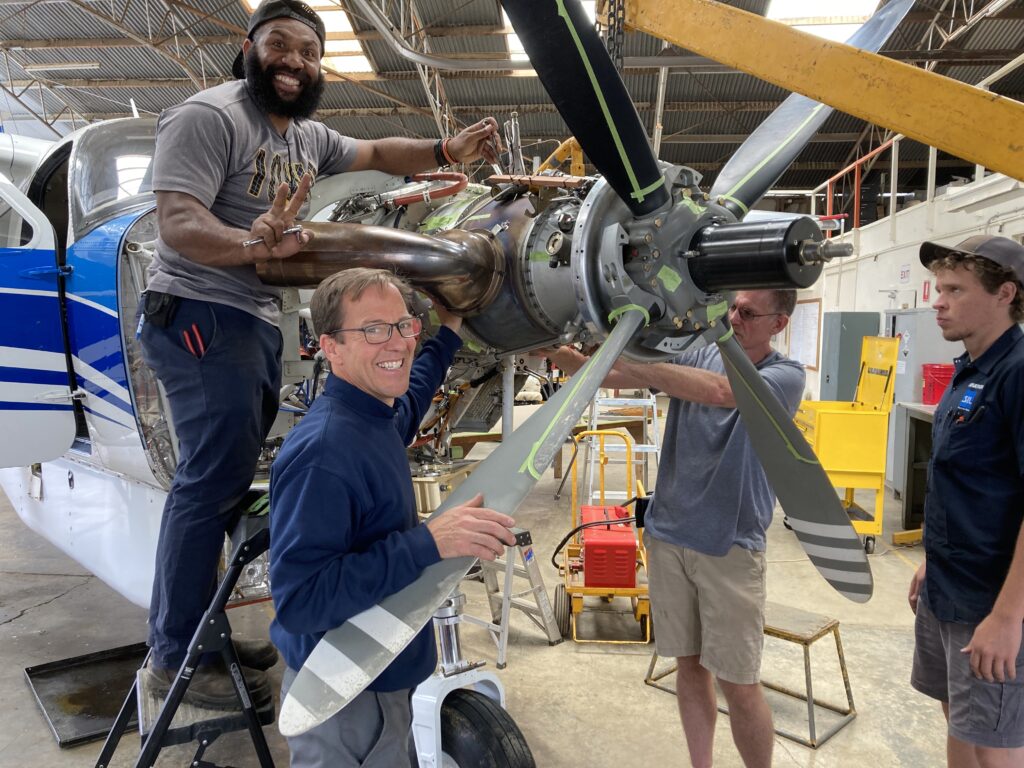
Andrew’s team put significant new components on the ailerons to make them airworthy so they could last a long time.
When the JAARS team arrived at Ukarumpa, three aircraft were out of service, and three were in service. By the time they left, five aircraft were in service, and only one was out of service. When the team returned to Port Moresby, they flew in an aircraft with new ailerons installed by Andrew’s team and an engine repaired by Jon’s team. Flying the maintenance specialists was its first time back in service!
The JAARS team freed up the SIL-PNG maintenance specialists to work on their helicopter and get it back in service. Then the SIL staff used it to transition Christopher Clark, a pilot who had recently finished training at JAARS to transition from fixed-wing to helicopters.
“Having this team here in PNG was a great encouragement to our team,” Paul Stewart, the maintenance manager for SIL-PNG, said. “They brought a lot of energy to our shop, and seeing and interacting with young people interested in mission aviation was really encouraging. We sometimes feel like there won’t be anyone to replace us.”
Casting a Vision for the Next Generation of Maintenance Specialists
Besides supporting and encouraging the staff in PNG, this trip also was intended to expose young people seriously considering mission aviation to operations overseas. “I think the Lord blessed us by accomplishing that through this trip,” Jon said. “Every single one of us are not the same people as we were before we left, especially the younger guys that came with us, Josh Hamilton and Liam Rafi.” The other young man, Zac, had grown up as a missionary kid in Papua New Guinea, so returning to PNG was like returning home.
Josh enjoyed working in the maintenance shop with the team. “I loved working with such a great group of people. It was like I was being discipled every day in maintenance and spiritual maturity.”
Both Josh and Liam had sat through major courses at JAARS to prepare for the trip: the PT-6 engine maintenance course and the Kodiak course. They were able to apply all of what they learned, and they understood the aircraft before they arrived in PNG, making them vital members of the team.
“If I hadn’t had the month and a half of training before I went, I would have been much less useful,” Josh recalled. “The training familiarized me with the plane and engine enough that someone could tell me to do something, and I had a good idea of what to do. Without that training, I would have been drinking from a fire hose!”
And because Josh and Liam had come to JAARS several months before the trip, team building had occurred much sooner, so once they entered the hangar in Ukarumpa, they were ready to work.
Josh and Liam also went to a nearby village to participate in a Vacation Bible School-like outreach organized by the SIL-PNG staff. For a weekend, they played games with kids, sat in on Bible teaching, ate meals with the villagers, and developed relationships.
“I was really encouraged to see the next generation of missionaries coming in who want to live their lives for Christ,” Andrew said.
This trip wouldn’t have been possible without people like you giving to Air Operations! Andrew said it well, “I just want to say thank you to those of you who support JAARS and made this trip possible. It was so amazing to see how God worked to get aircraft back online and use that to touch hearts and minds of the next generation of missionaries who are coming up and how they’ll be useful in the future. Thank you.”
Interested in serving as a pilot or maintenance specialist in a remote place such as Papua New Guinea? Check out this page for videos and stories from experienced pilot-mechanic missionaries.

